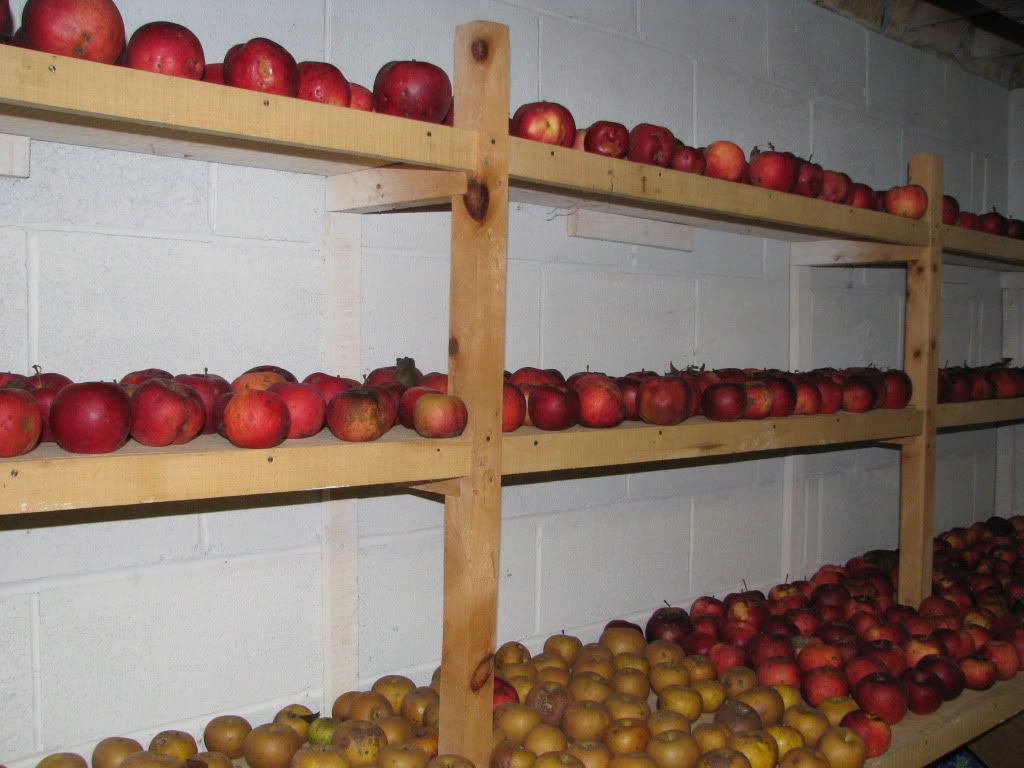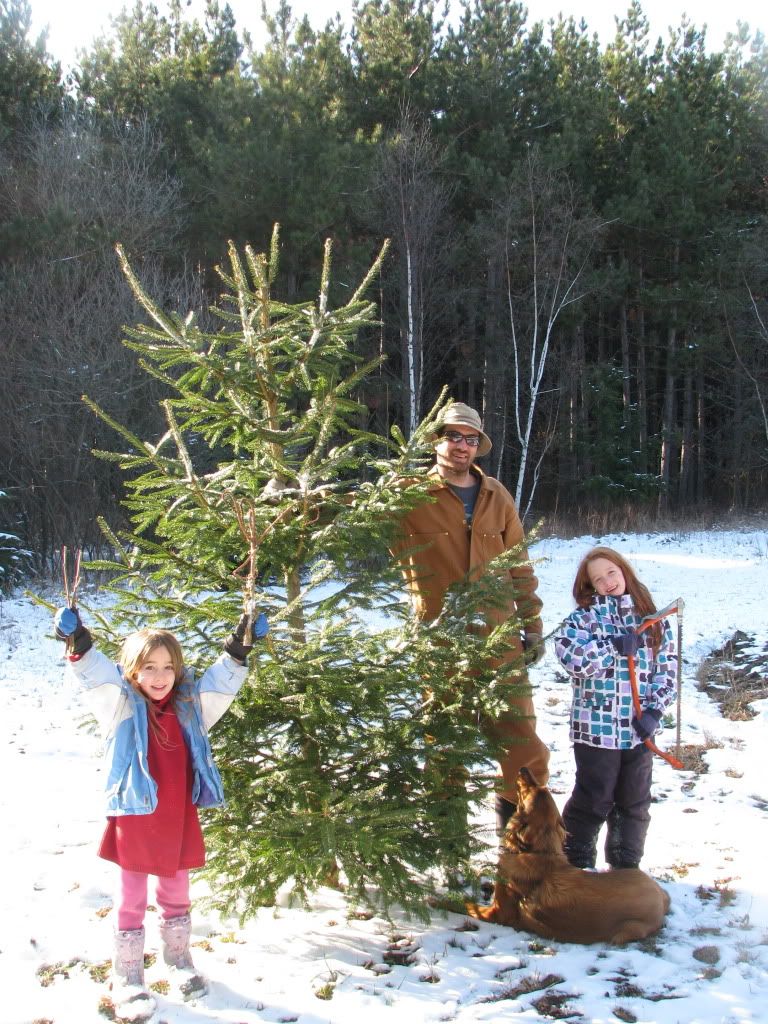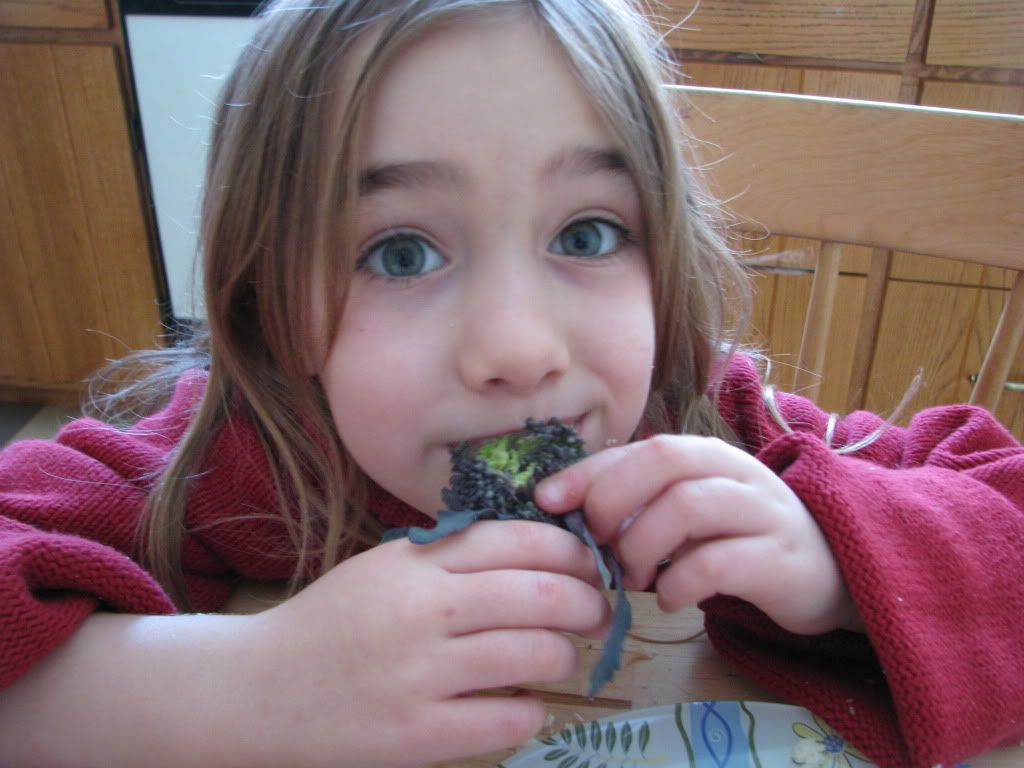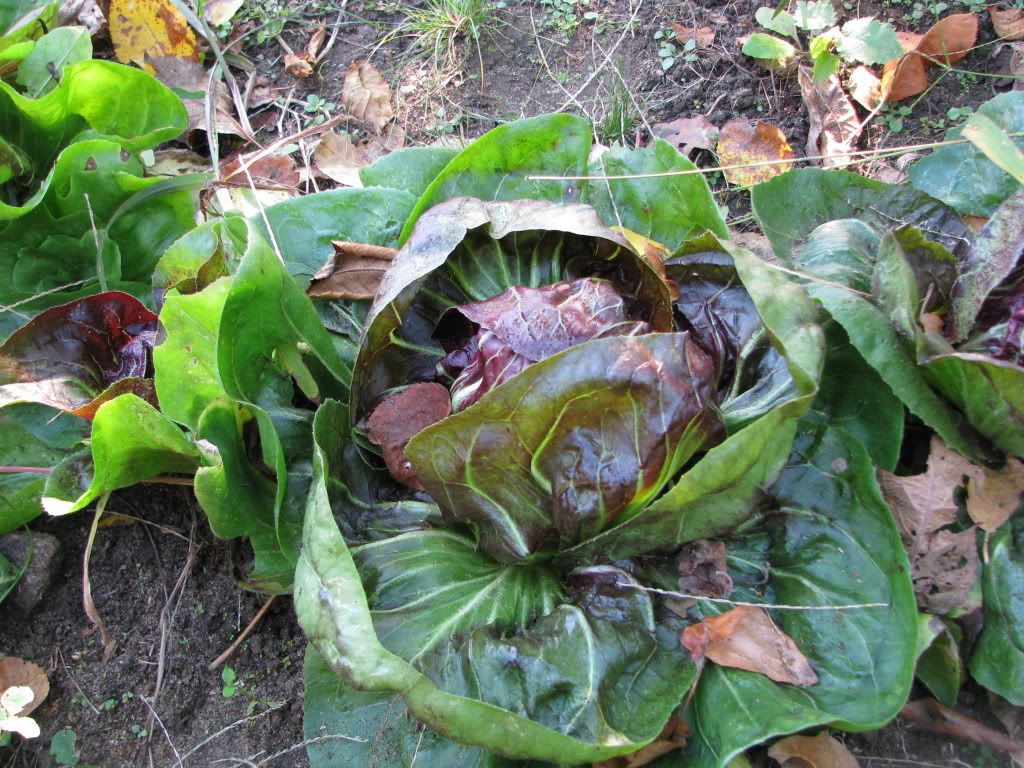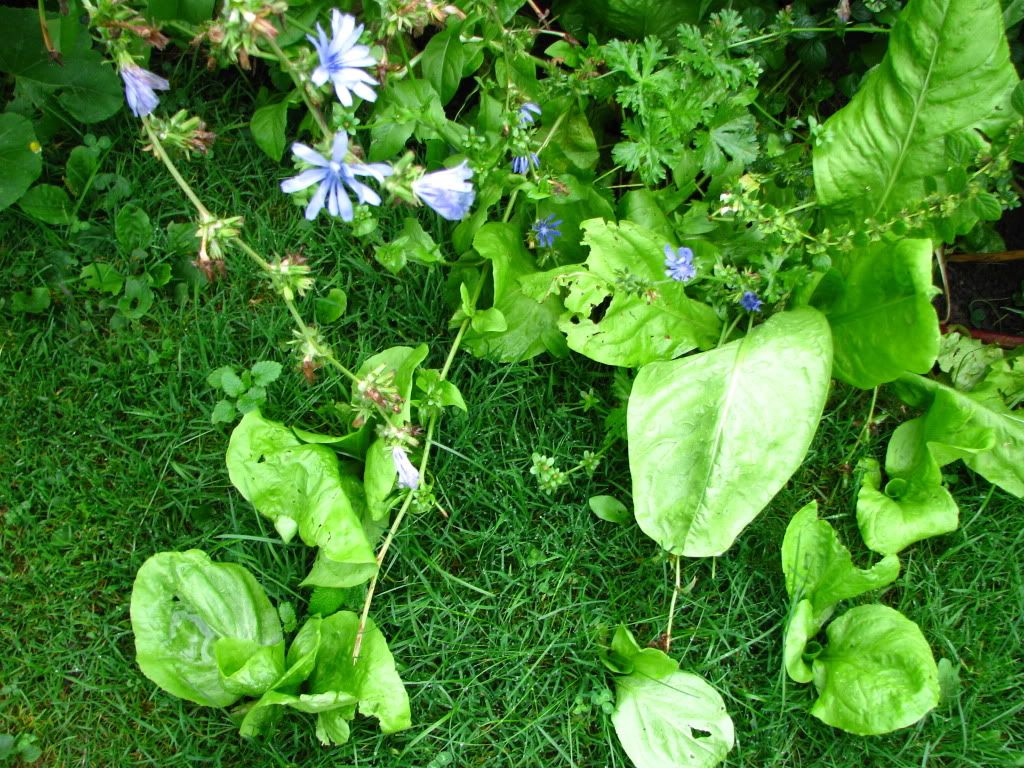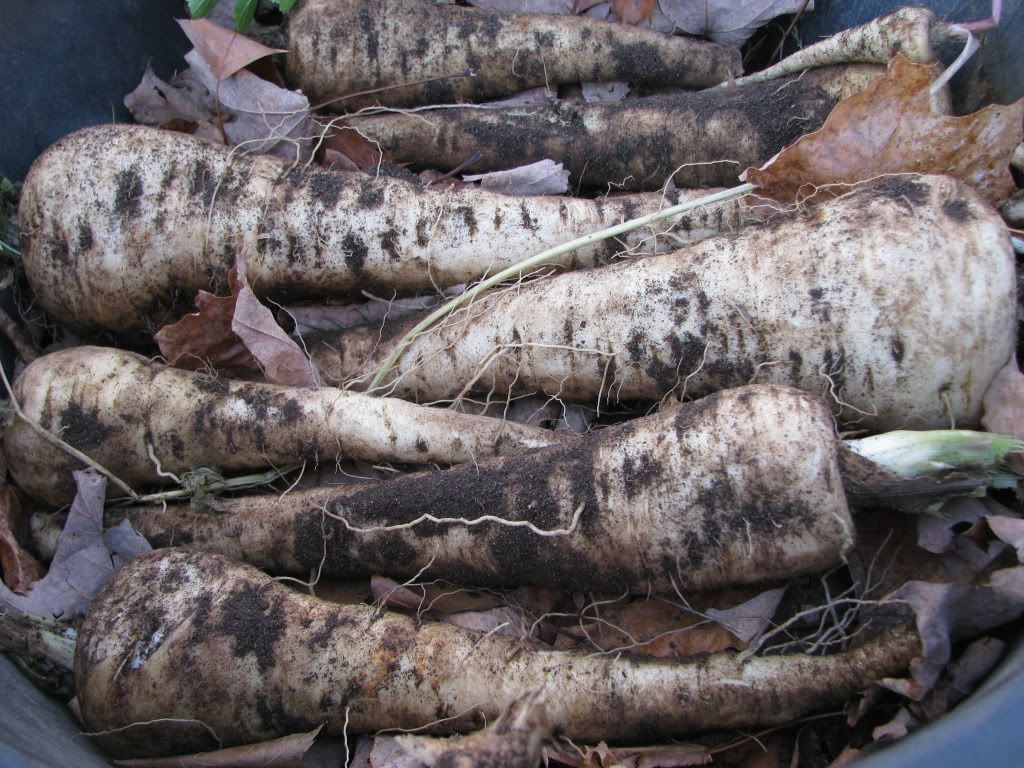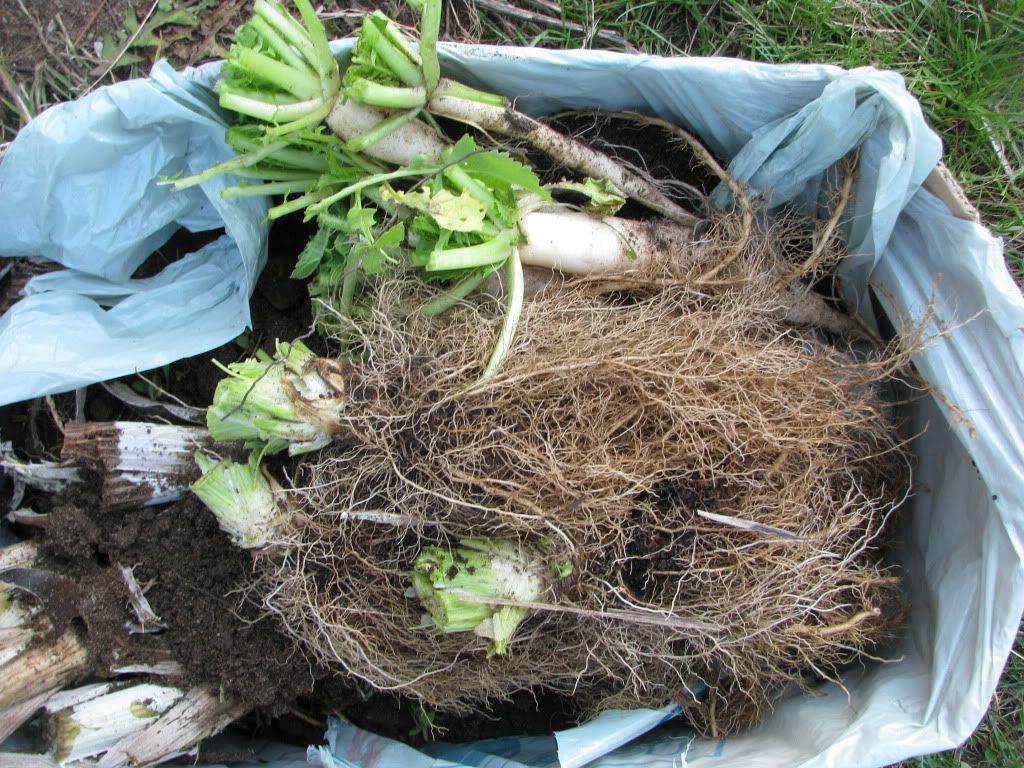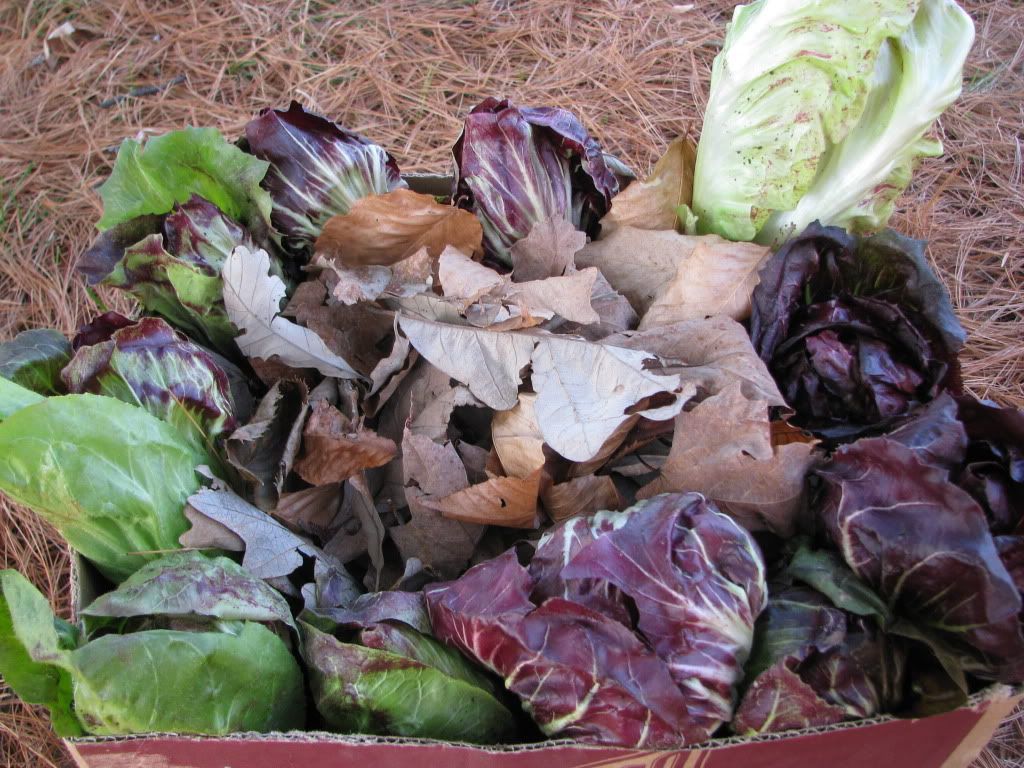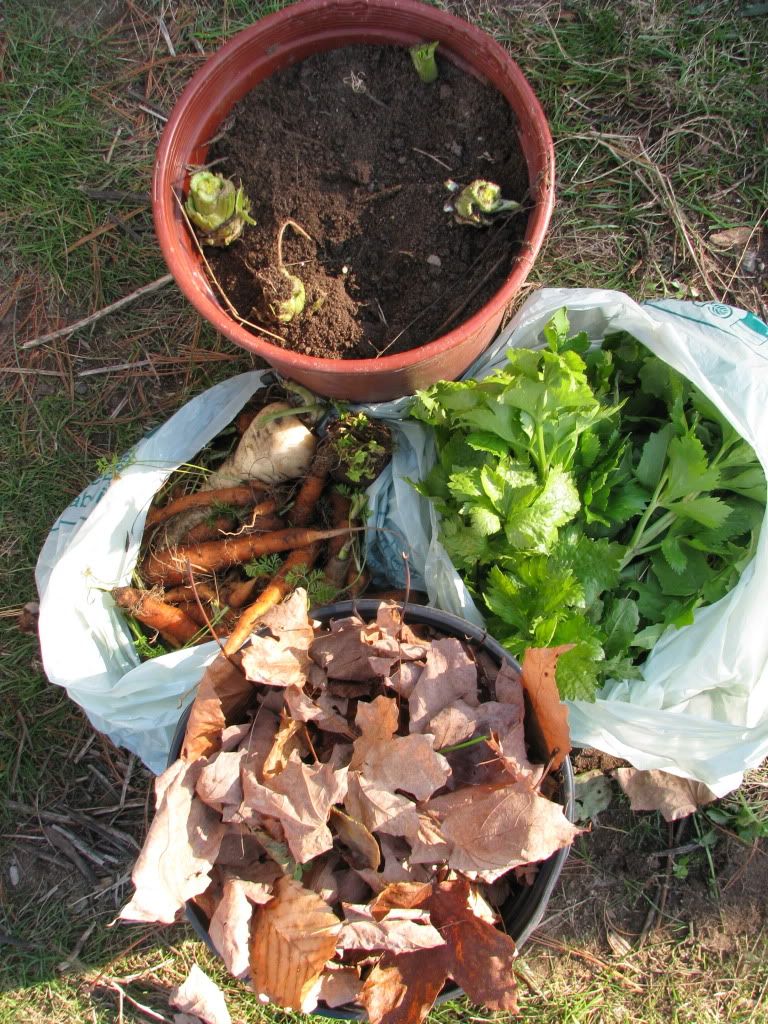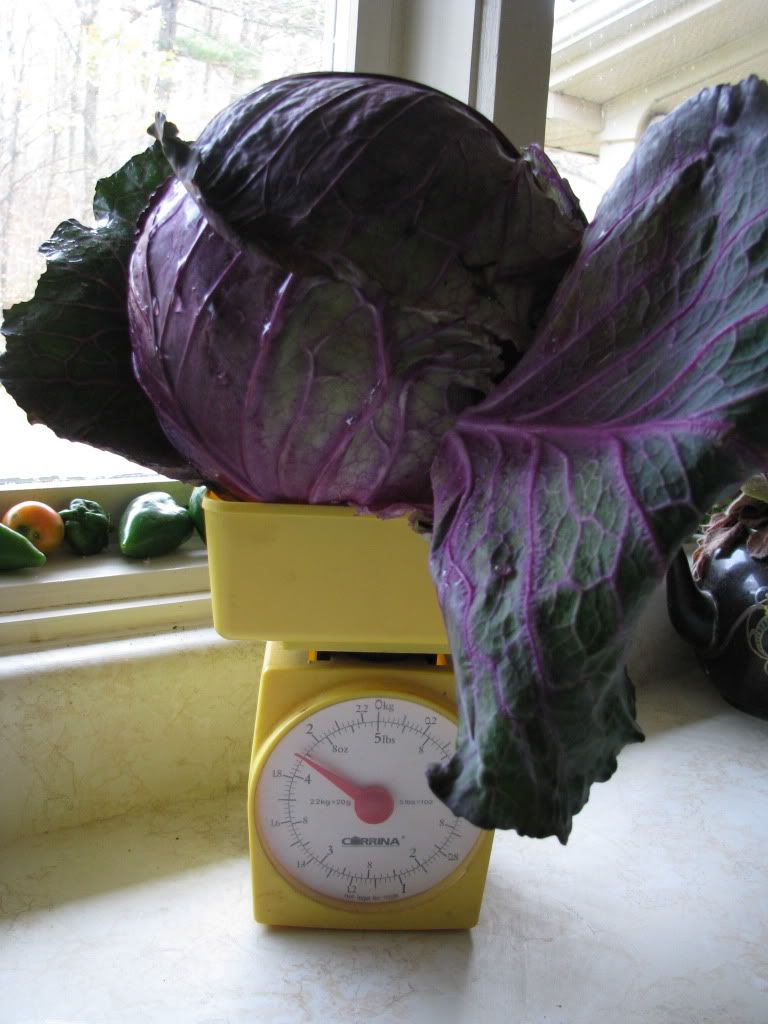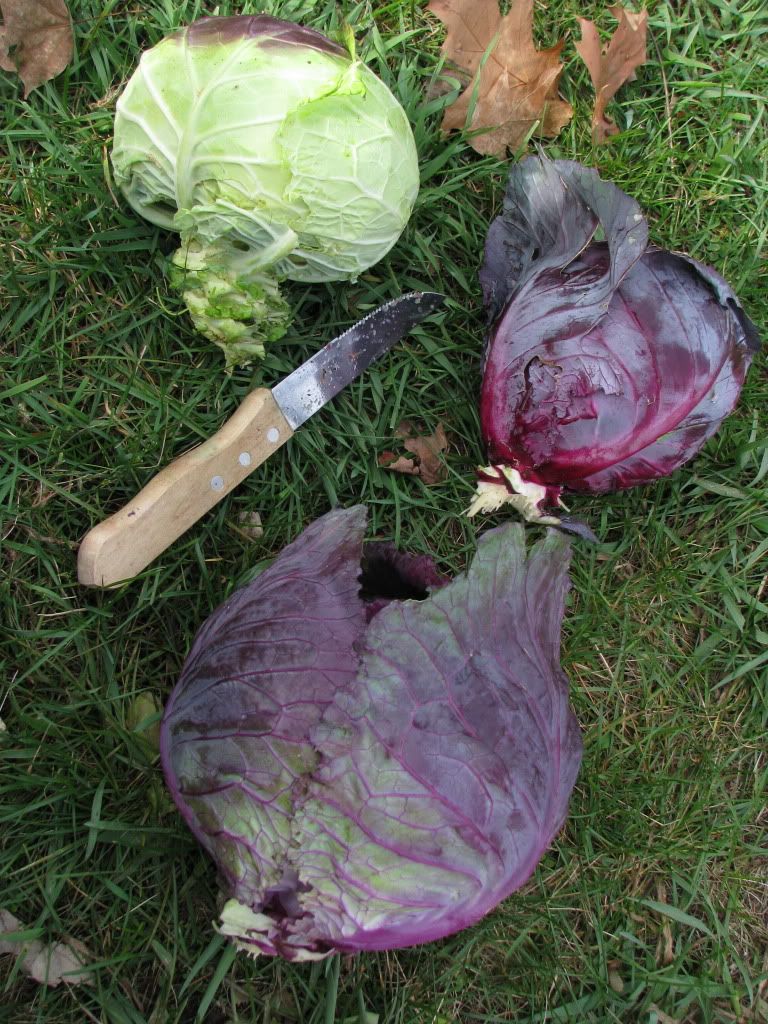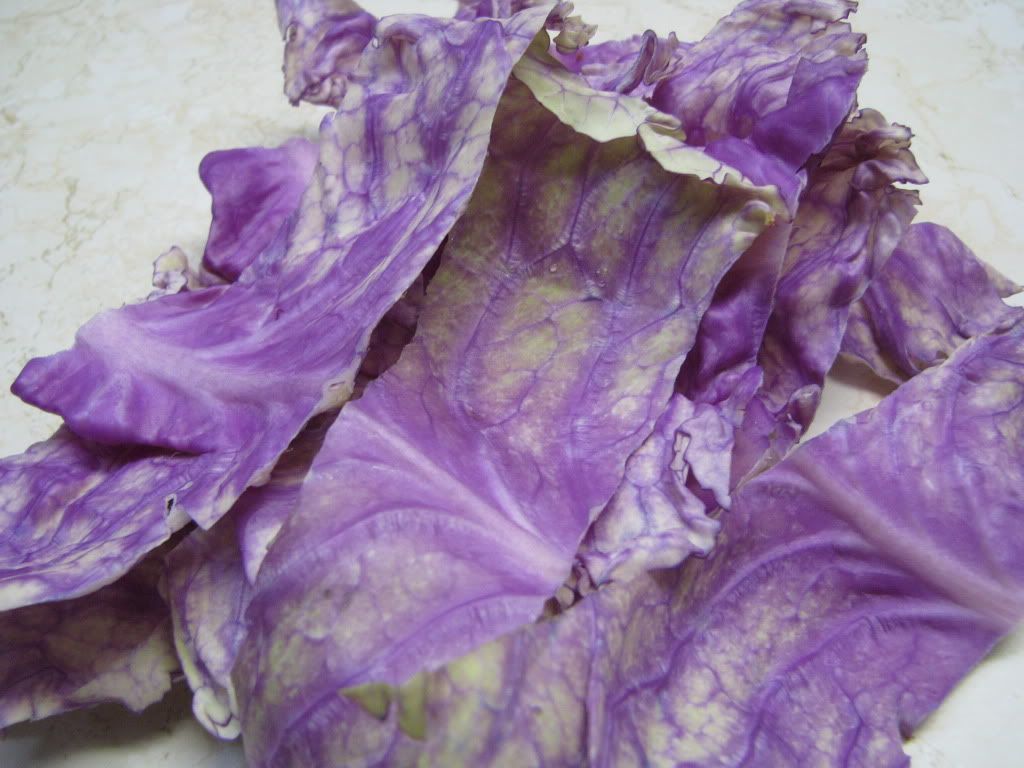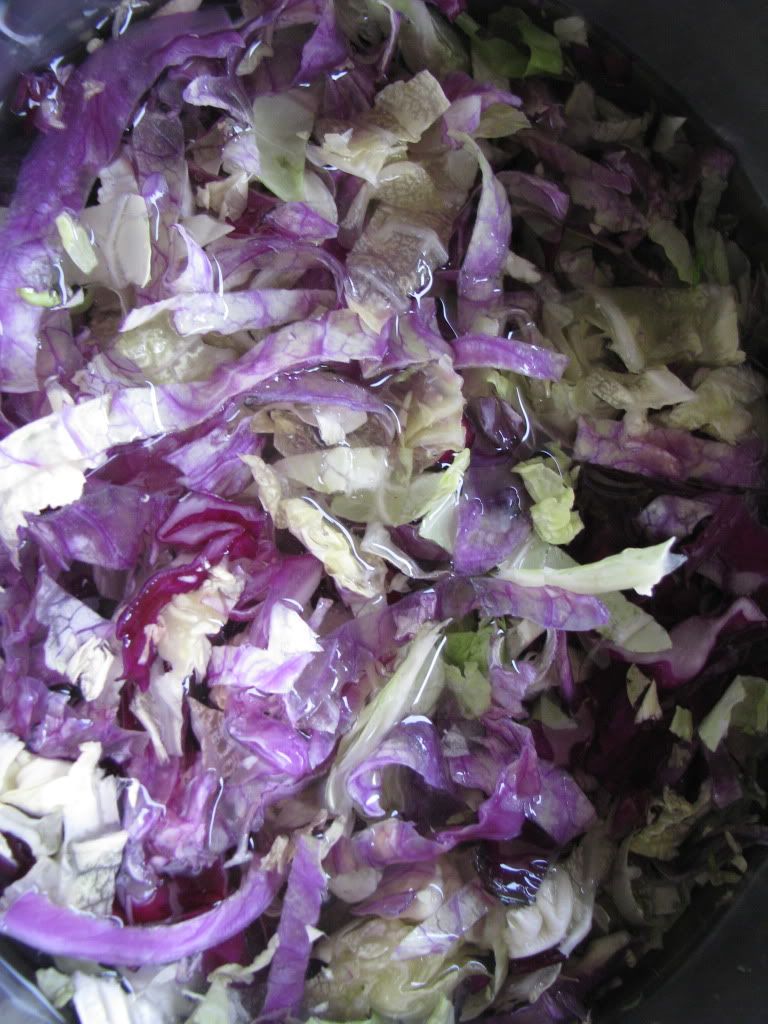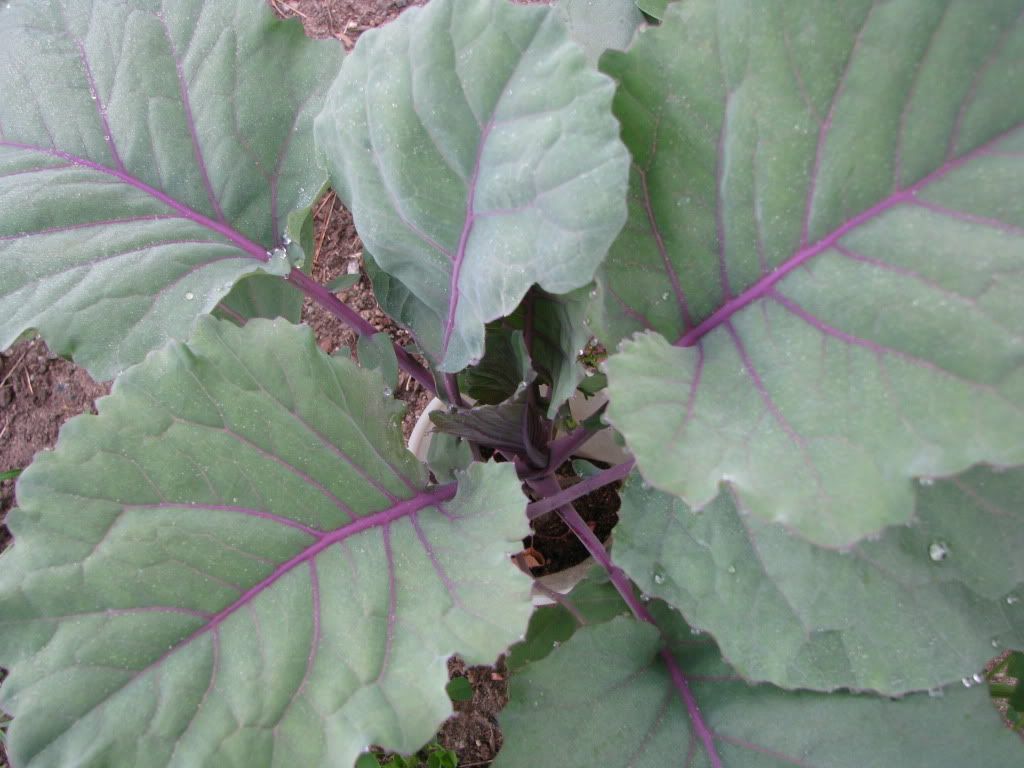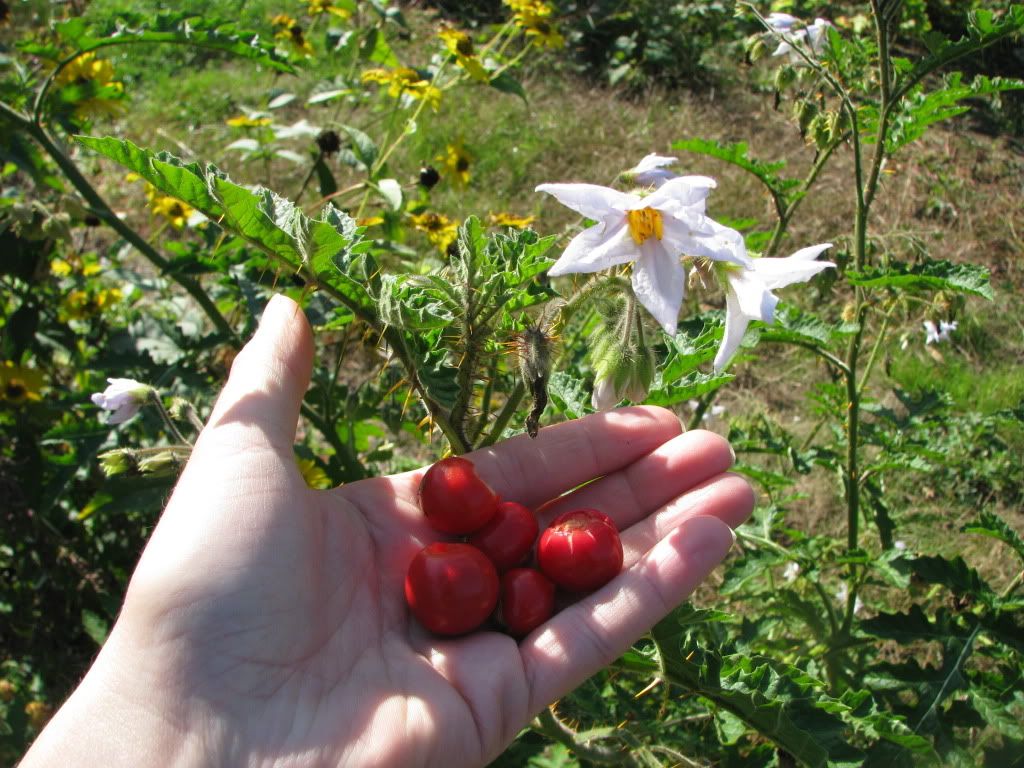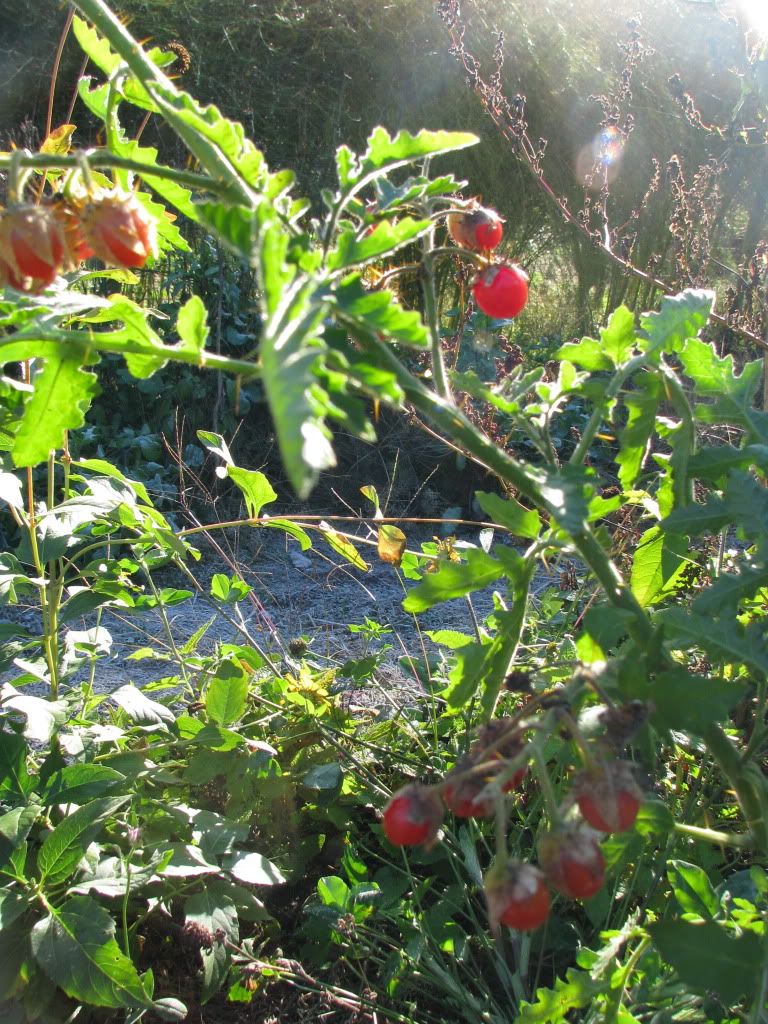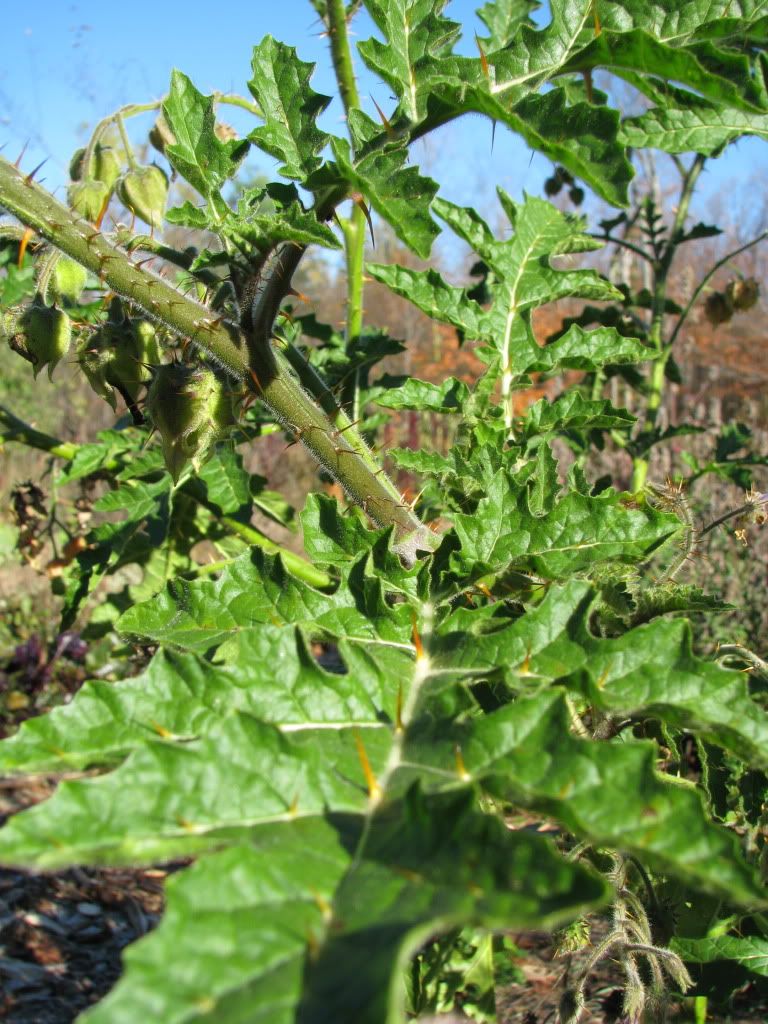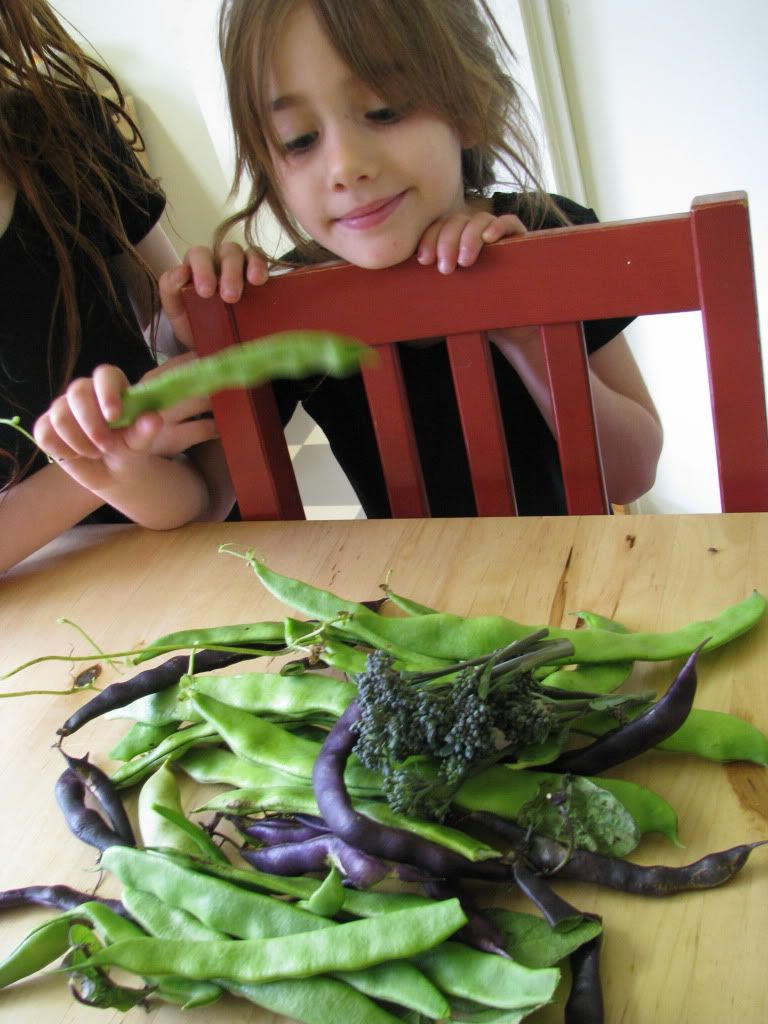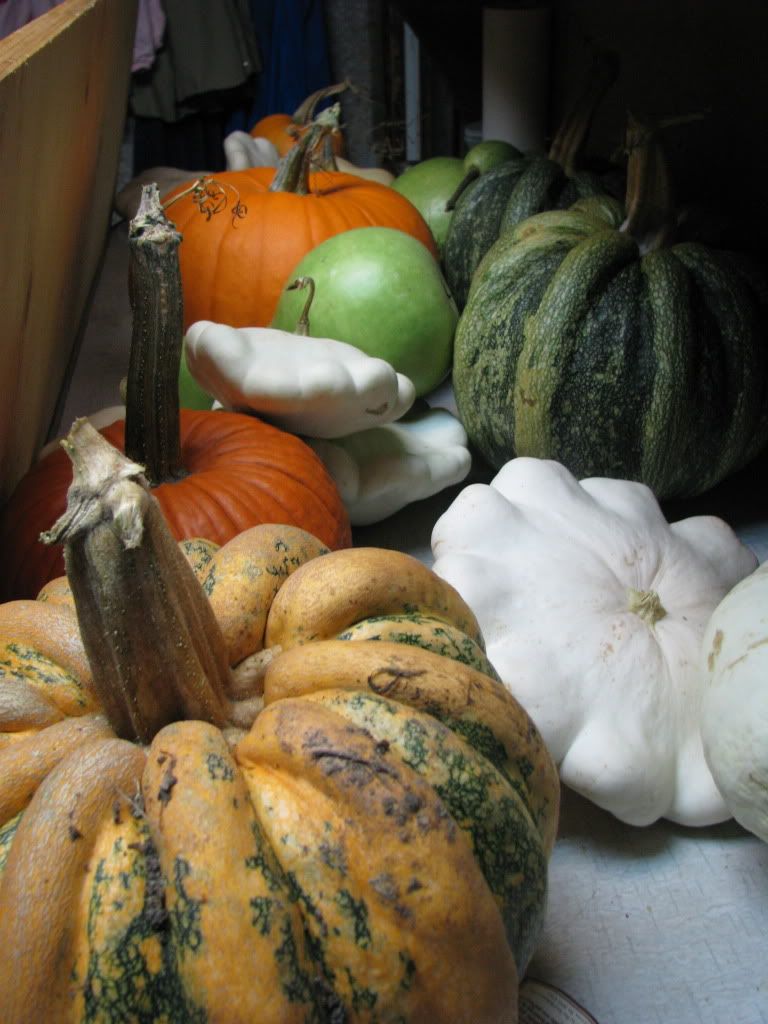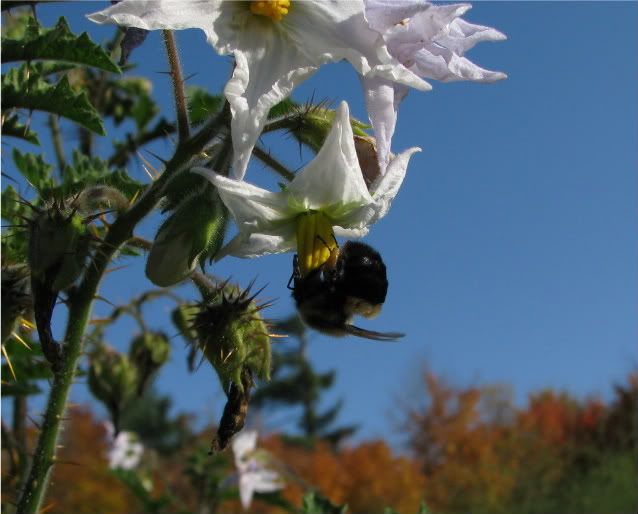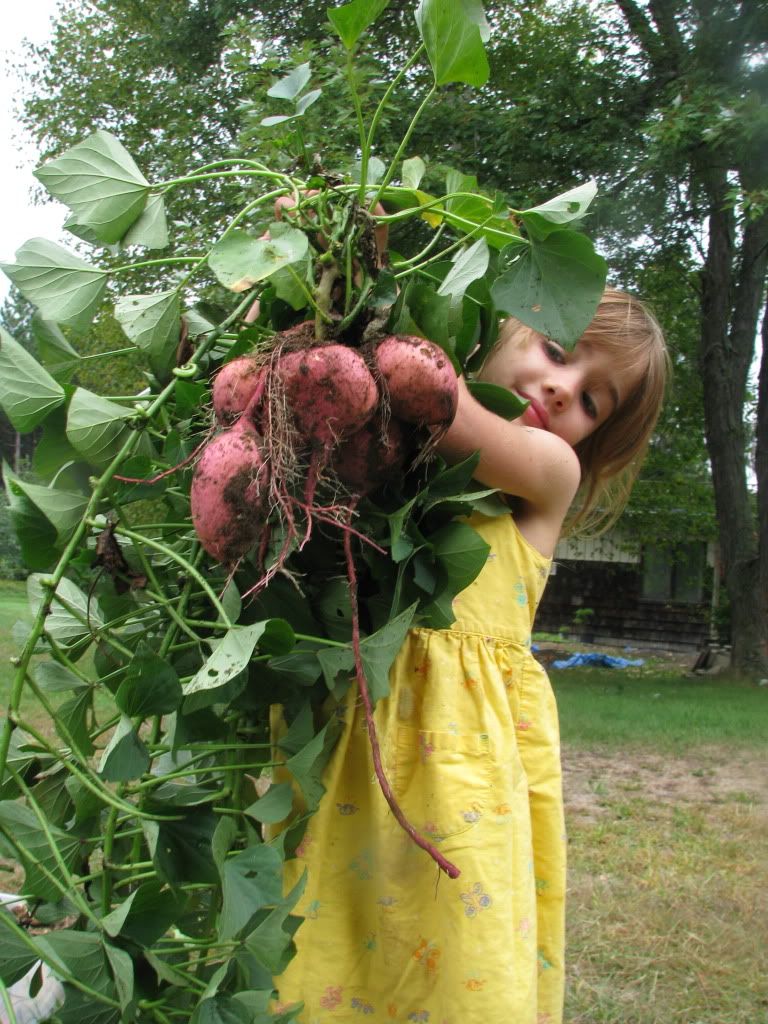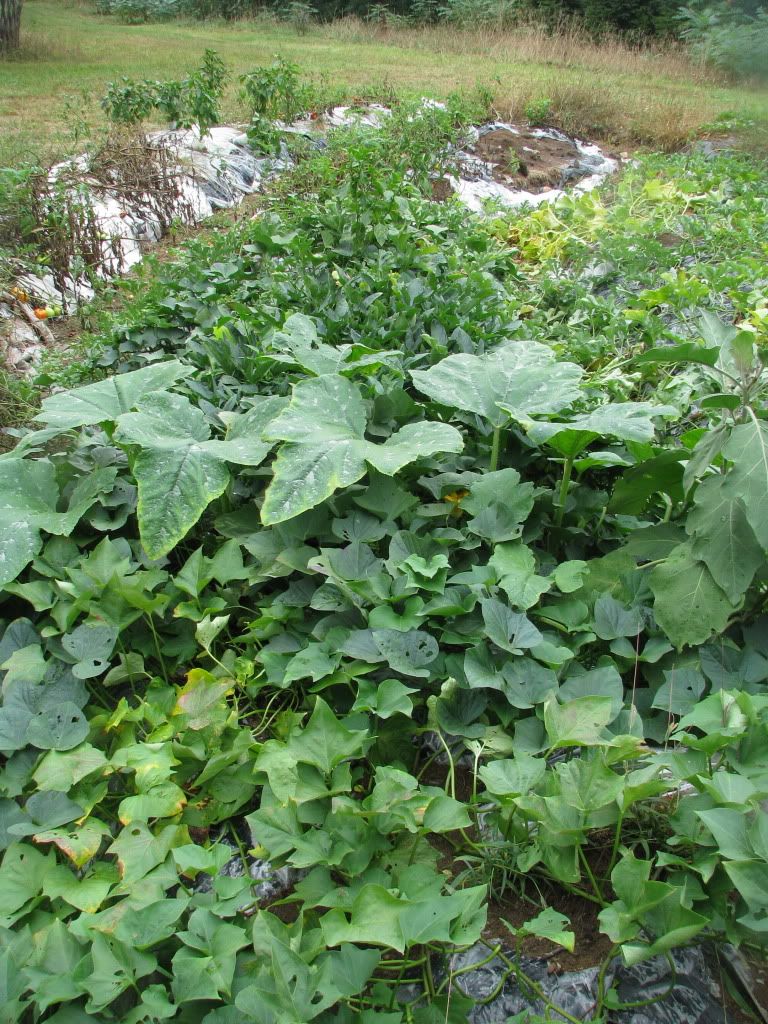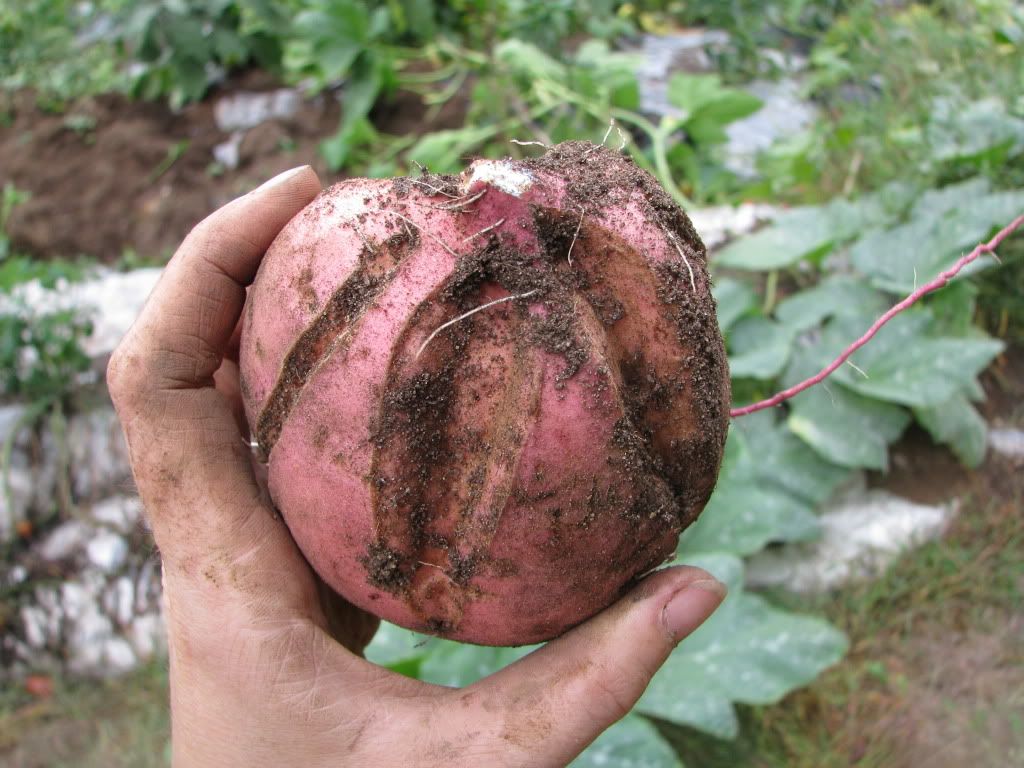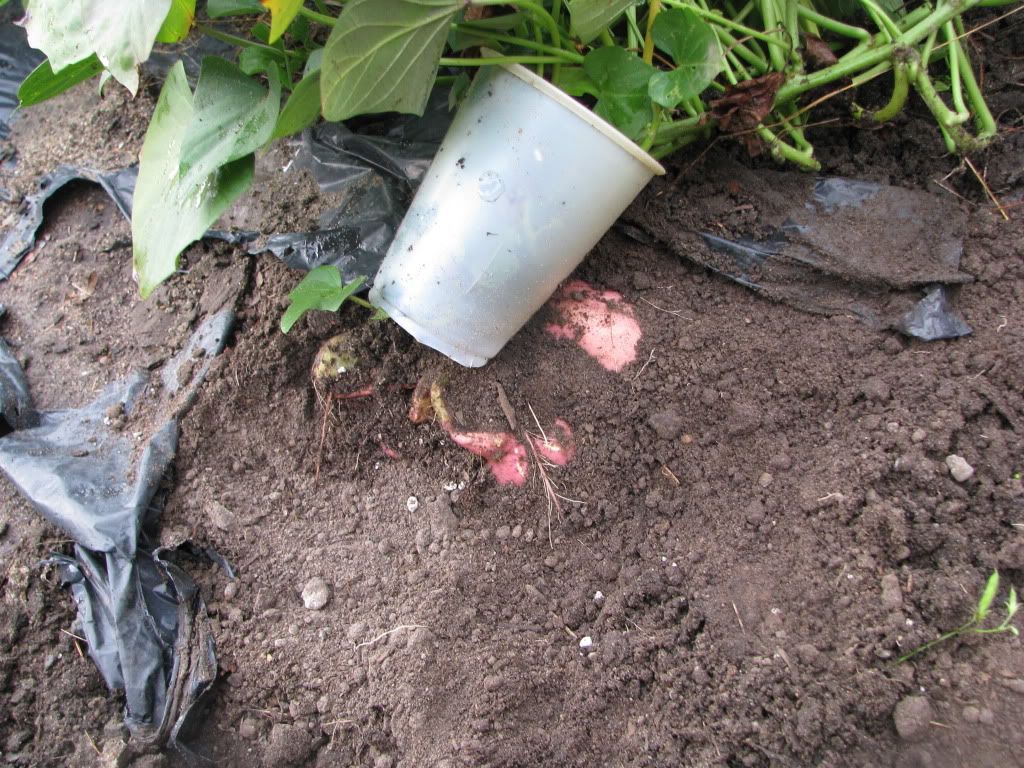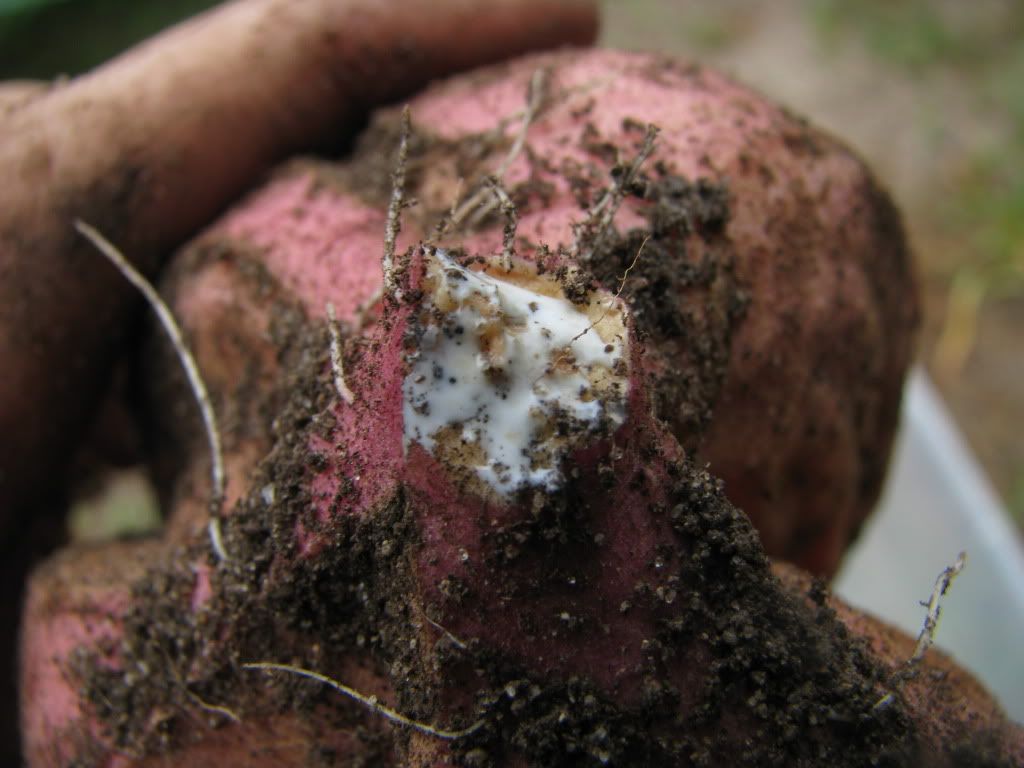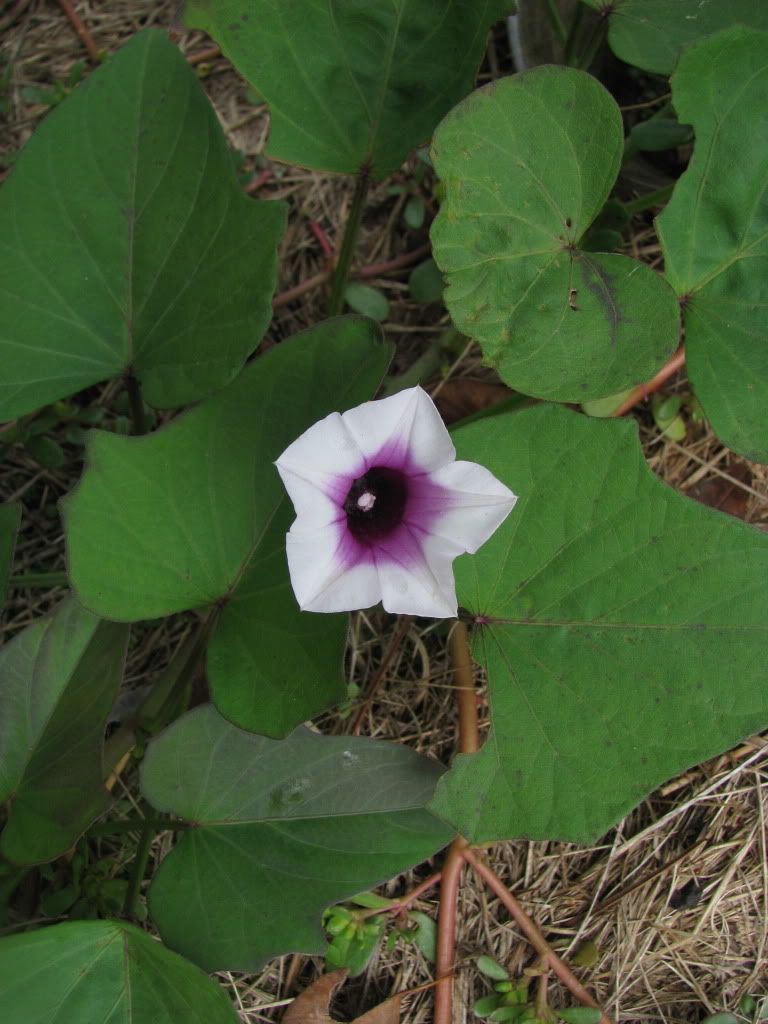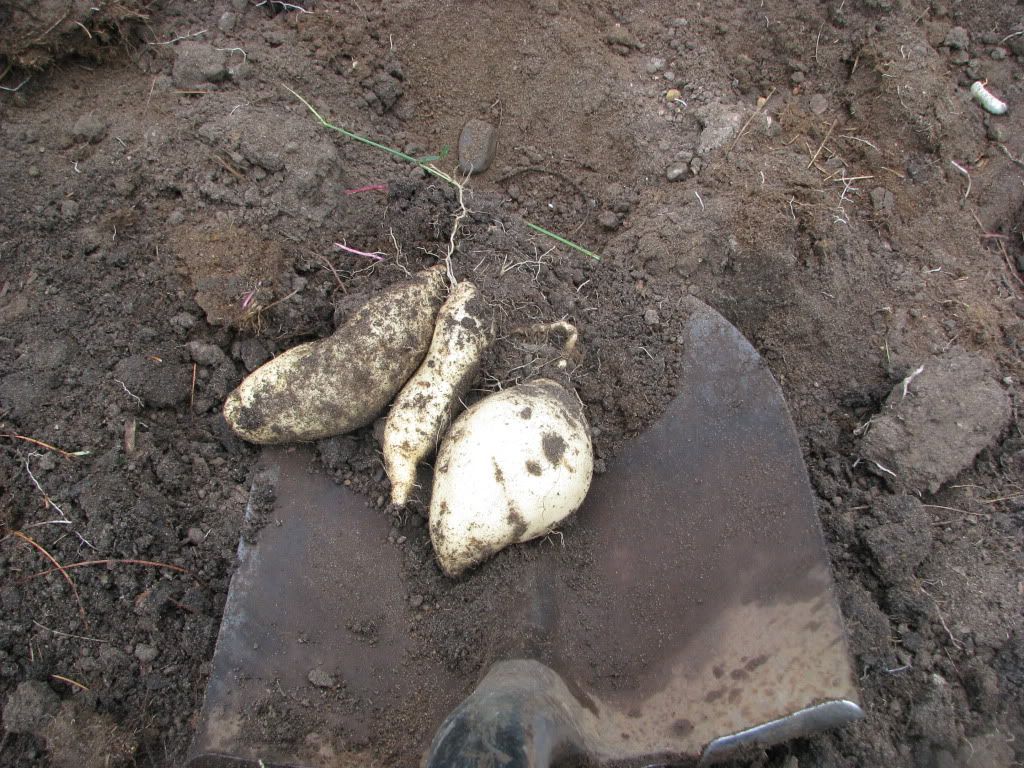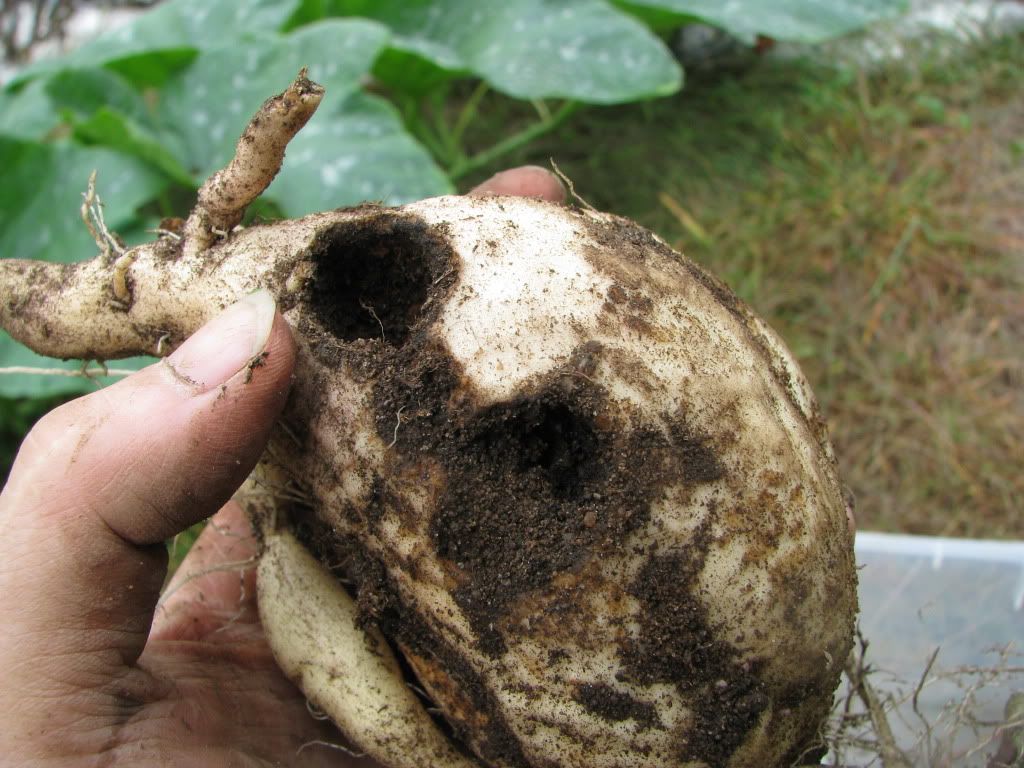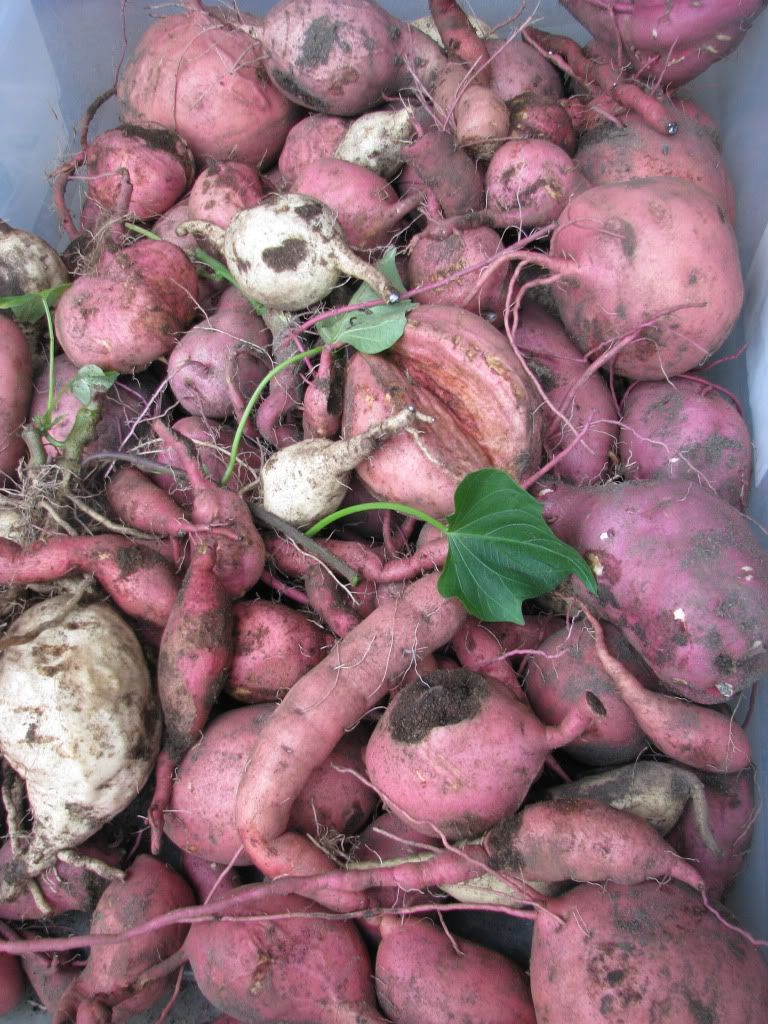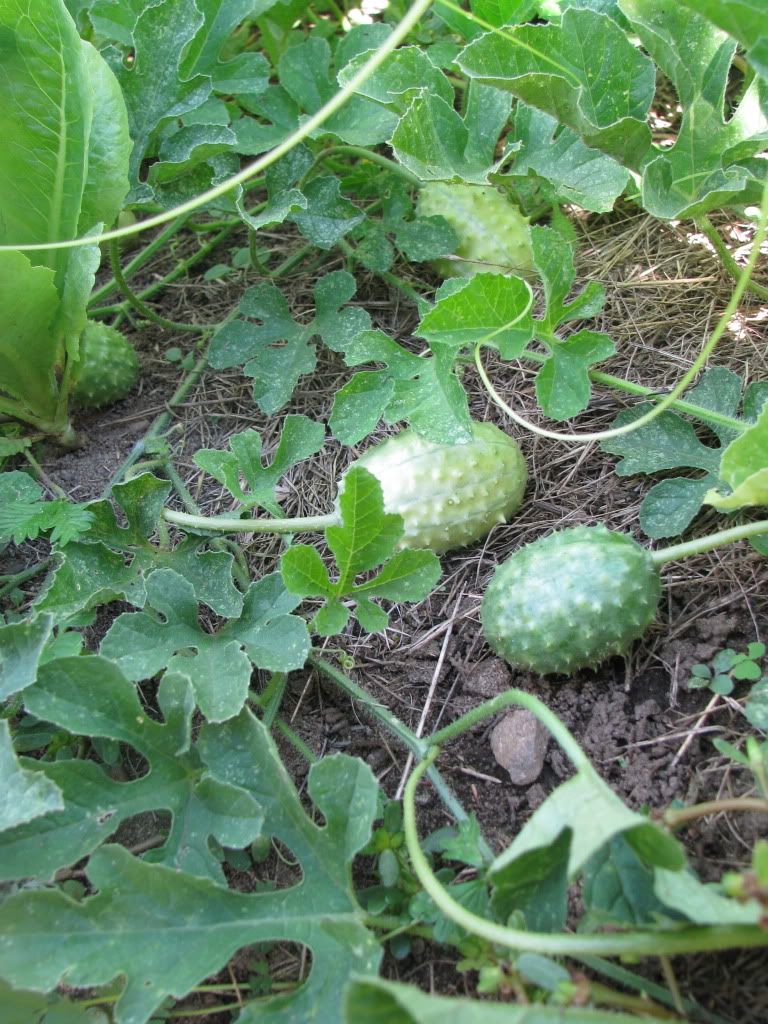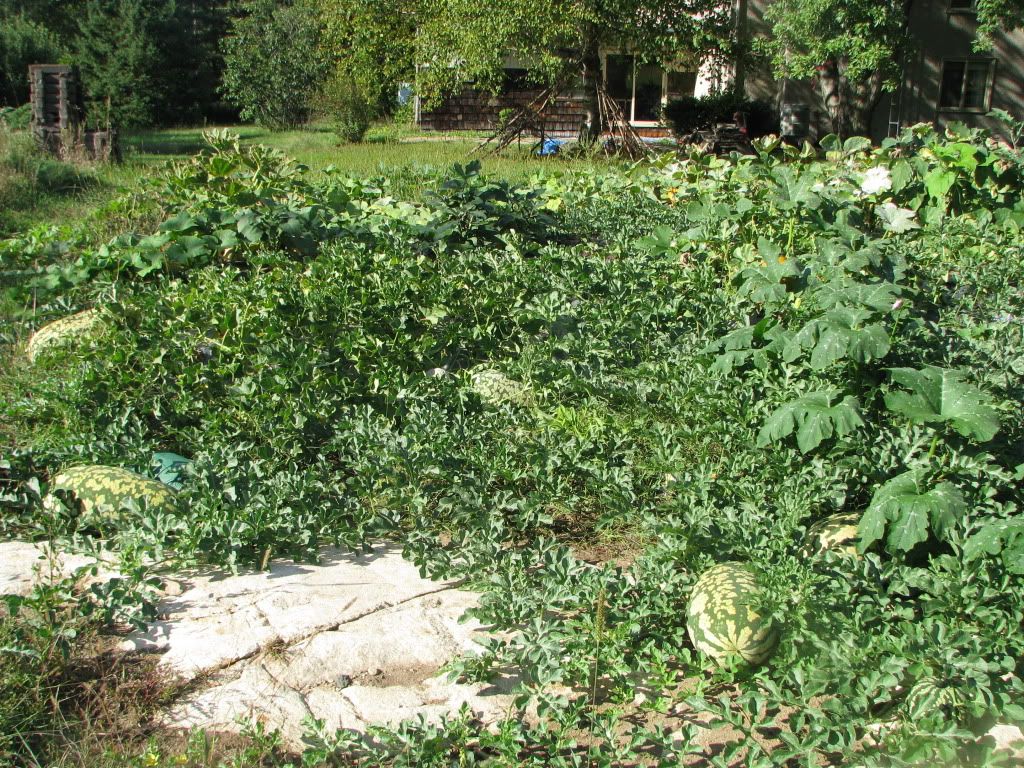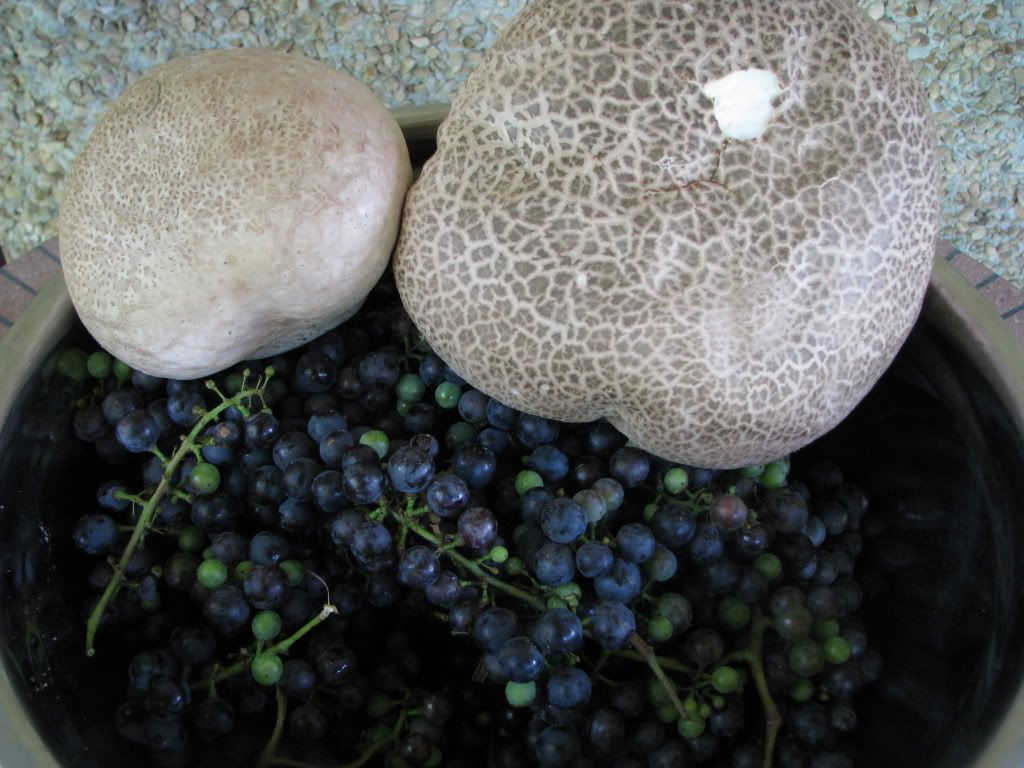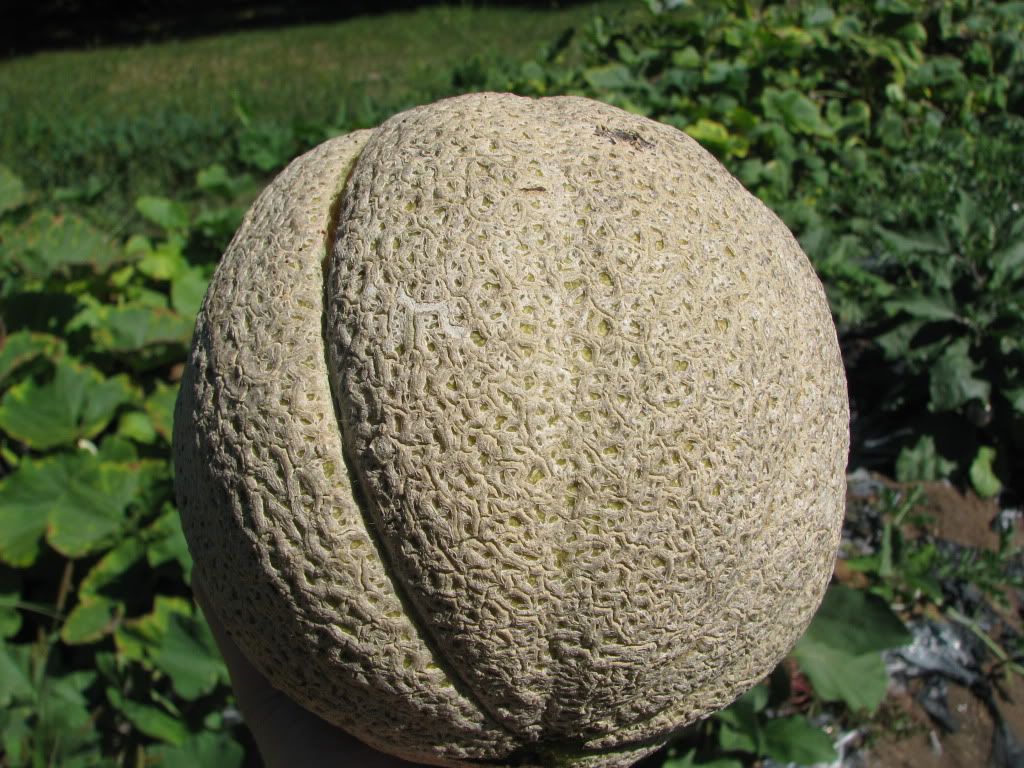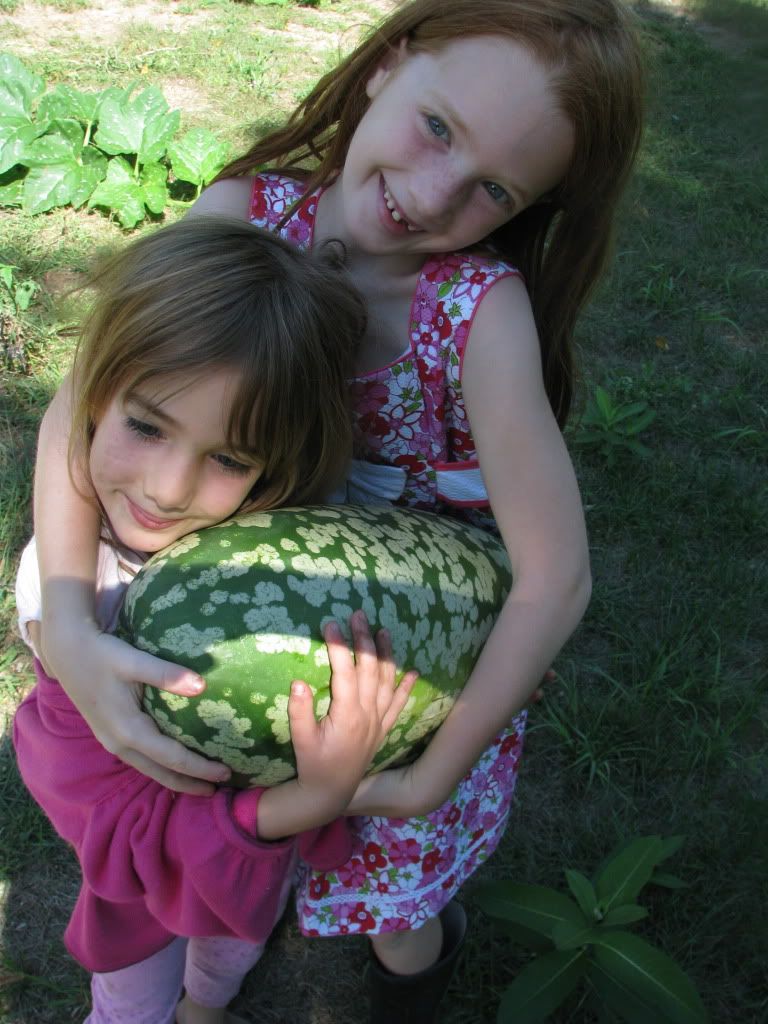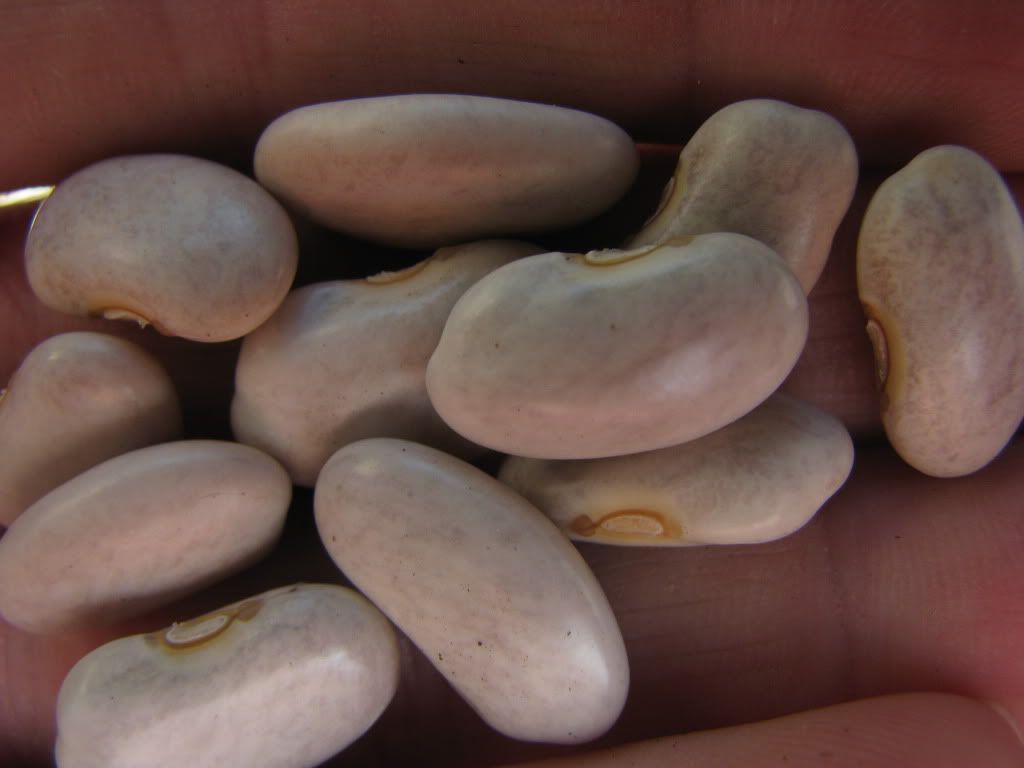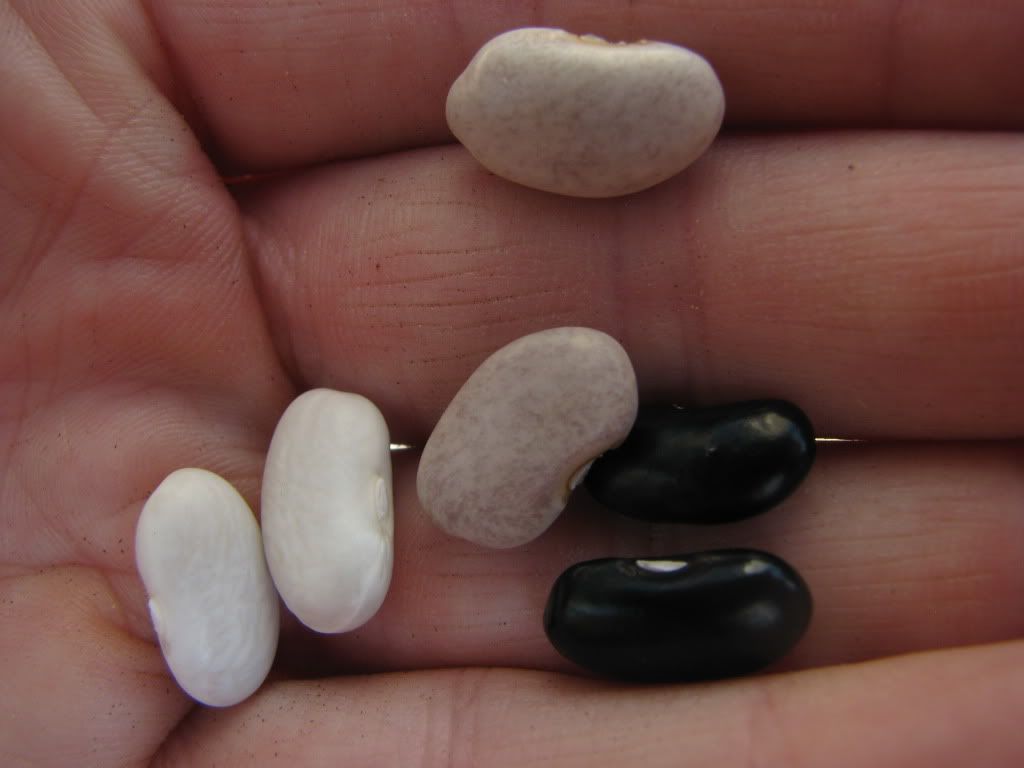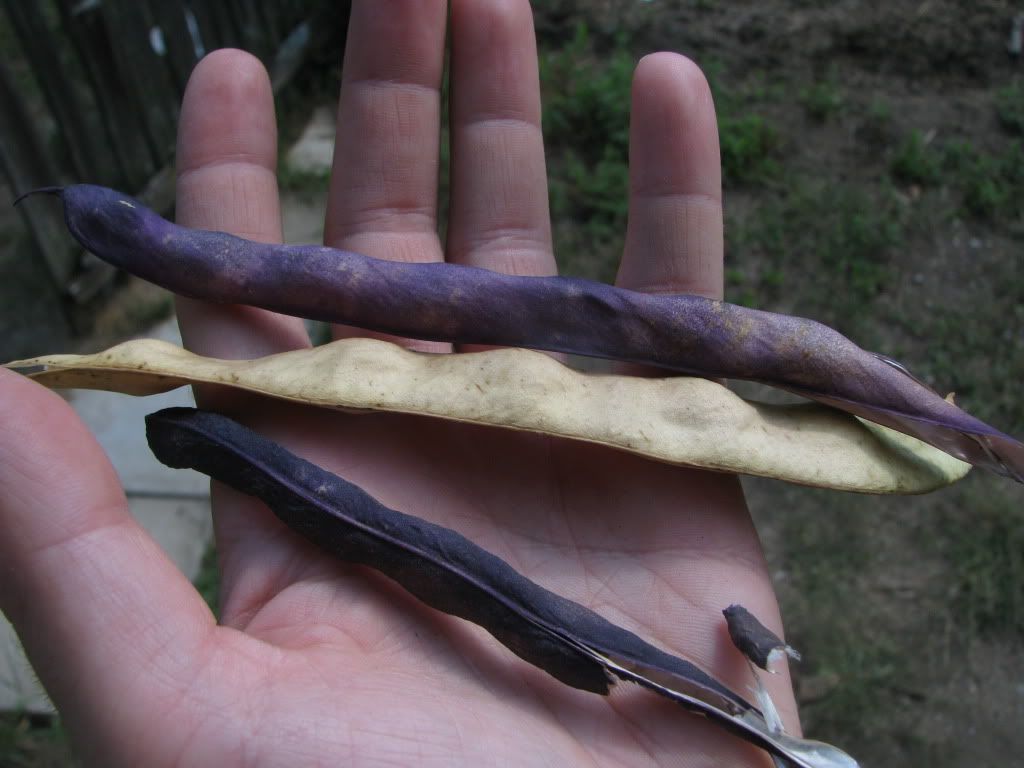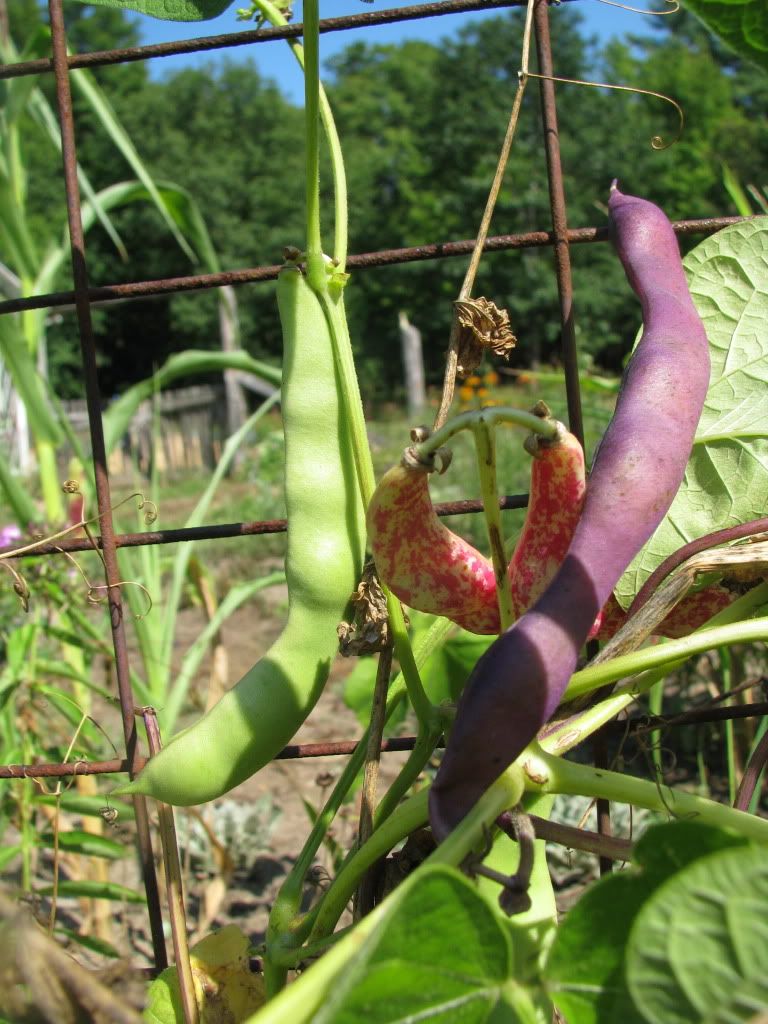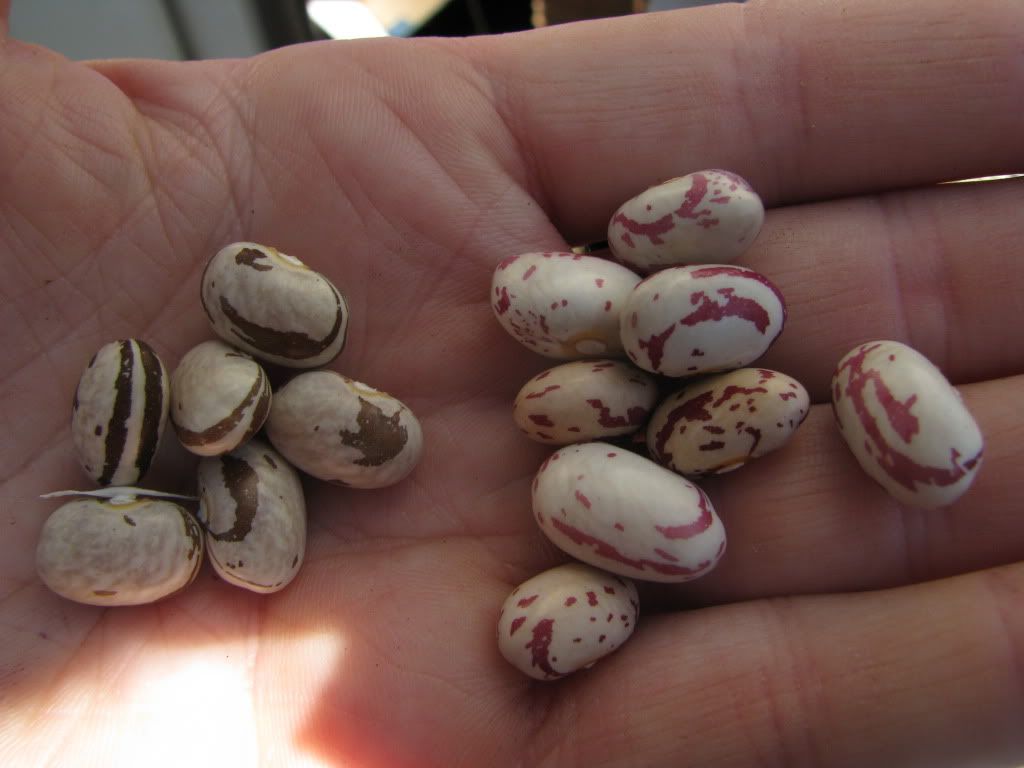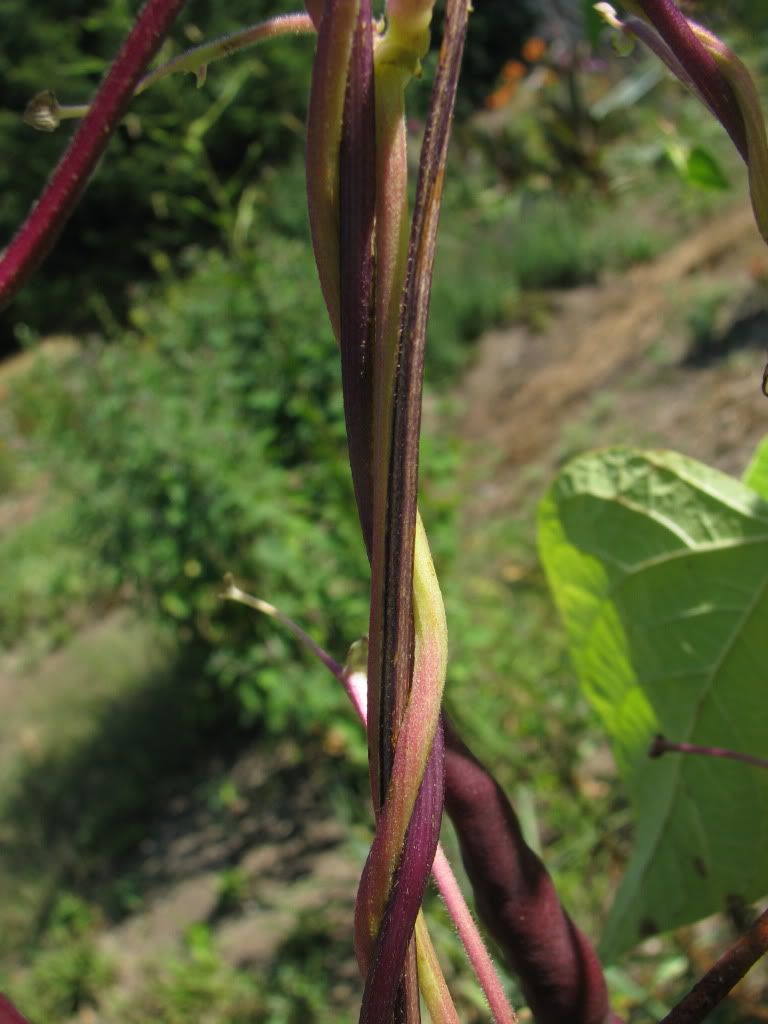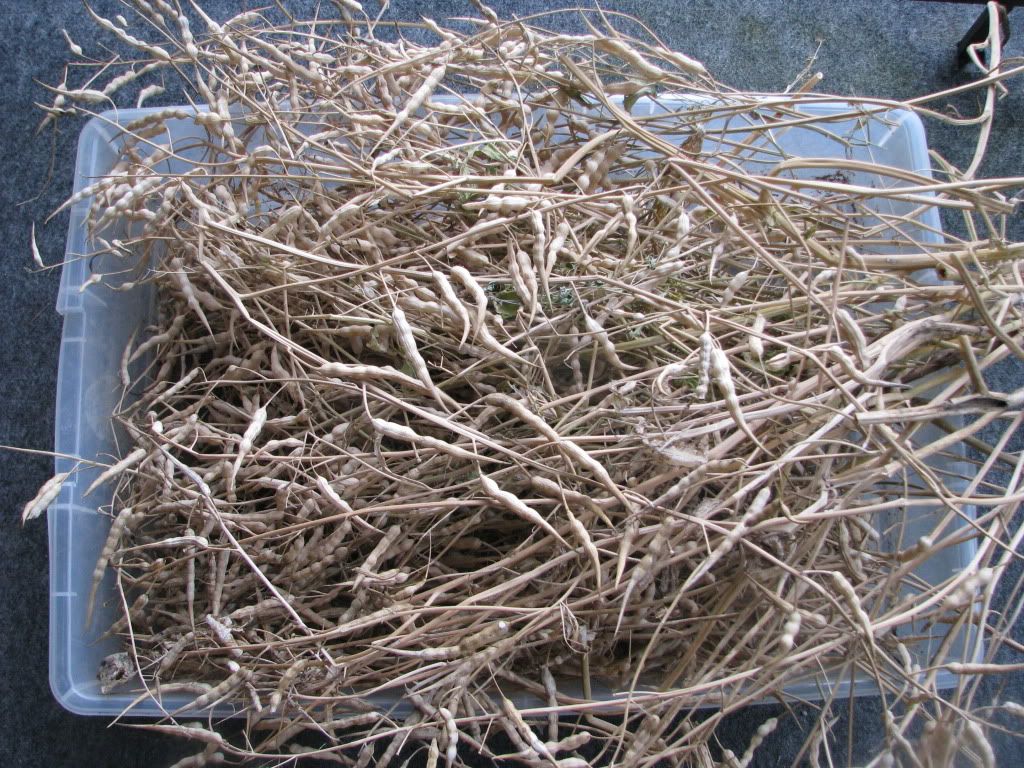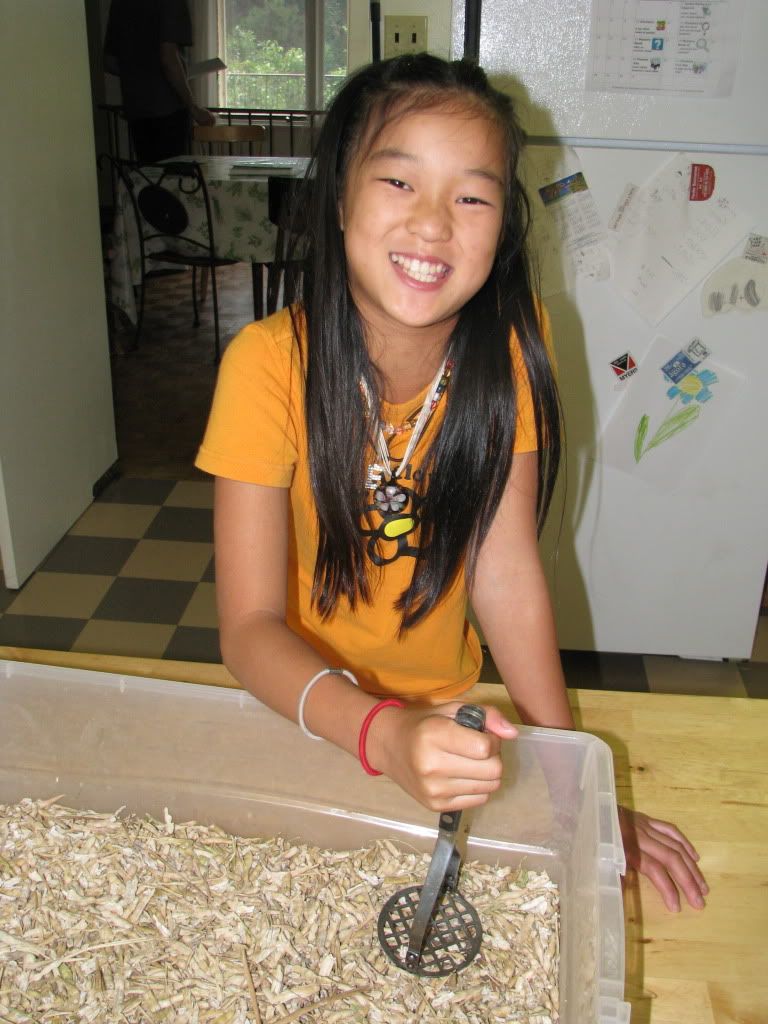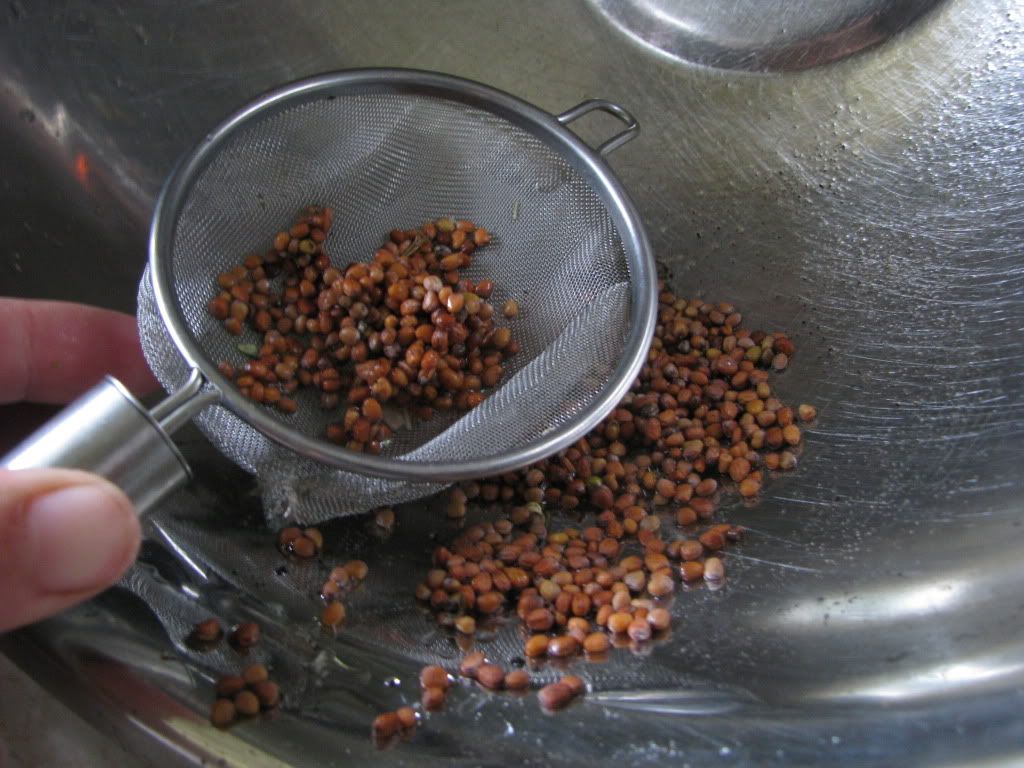For most veggie growers, light is a big preoccupation. Do you have enough in that hidden corner of the yard that has been given the utilitrian task of raising edibles? Is it the right kind? Is it morally wrong to curse the beautiful shade tree that overhangs most of your yard?
The Canopy
My answers would be why are you hiding your edibles? Yes, you can grow edibles in most sun conditions but they might not be tomatoes - See Edibles for Shade. Trees have surprising benefits, especially if they are located to the north of the garden.
Deciduous trees provide a thick layer of mulch every fall enriched by nutrients their roots have liberated from the subsoil. Members of the walnut family can cause poor growth in many plants but there are those that are resistant to jugalone such as both black raspberry (grows under our 100 tree grove of Black Walnuts) and black elderberry - some others to try. Hopefully you'll be getting edible nuts from the tree too.
Some, like Norway maple in my experience, can create dry, poor soil with their thick mat of feeder roots under and beyond their dripline. If you are going to grow a garden at the base of a tree that lets a good amount of light under its canopy but has poor growth and dry soil under it, think hardy plants like violets (viola odorata: leaves edible in spring, flowers edible) and hostas (young shoots edible) and keep it continually mulched. Over the years, you can probably incorporate more delicate plants as the soil becomes rich. We currently have a 13 acre maple bush on our property covered variously filled with an understory of spring ephemerals like dog's tooth violet (edible but as I understand it a starvation food) and hepatica followed by woodland grasses in sunnier spots and various others like native sweet cicely.
To increase light, you can limb up a tree by cutting off the lowest branches. Do so sparingly not only for the tree but also for your own enjoyement. We had a huge specimen of a Little Leaf Linden in our old front yard (Linden leaves are edible in the spring and their flowers are used to make a honey scented tea though use sparingly as they have medicinal affects) with branches that bowed to the ground. Cutting up on one side made an entrance into an enchanted space filled with bulbs in the spring.
Evergreen trees will create a thick weed/lawn supressent mulch beneath them but they provide year round shelter from the blowing winds and snow. Use these acidifying needles to enrich a bed of blueberries and plants that require a low soil pH. Their branches can also be used to shelter tender plants like some roses (petals are useful and rugged rugosa produces choice hips) and overwintering cabbages.
All trees moderate the climate. Their leaves shed water by transpiration and their structure breaks up howling winds. One interesting affect I've noticed in the spring is that their roots act like heating cables under the soil melting away the snow. Conversly, an area sheltered by trees like where I live now holds onto its insulating snow longer in the winter than the surrounding open farm fields keeping heavy frosts out of the soil and off the dormant plants. In combination, trees mean that the snow melts at a time more auspicious for the understory.
Light's faces
Light dances from Easterly to Westerly across the buildings lighting up nooks and crannies throughout the day. Your house might not neatly line up with the four cardinal directions but the sun will play across its angles in a predictable way throughout the day and across the seasons.
East facing gardens soak up the morning sun, drying morning dew quickly which might help thwart fungal disease. They can be beautifully planted with morning blooming flowers like morning glory. Lots of bolting greens like coriander and asian greens can benefit from shade during the hottest part of the day.
West facing gardens get the hot afternoon sun. Though they are considered less valuable as places for growing vegetables if you have to choose, I had a thriving sunset garden full of currants, jeruselum artichokes, walking onions, daylilies, bellflowers, rhubarb, garlic chives, and much more.
South facing gardens are the goal of most of us northerners. Assuming there are no barriers, they get the most sunlight so are best for the real heat hogs like eggplants, peppers, and sweet potatoes. Because the angle of sunlight in the northern hemisphere tilts toward the south in the winter, such a garden gets the most sun all year round. This can mean fluctuating temperatures which can be determinental to plants if the ground freezes and thaws causing heaving of roots and cracking of trunks. Fruit trees or other flowering / fruiting plants may suffer losses from early flowering followed by late frosts.
If you have south facing garden, why not go all out and create a xeriscape filled with north hardy cacti like prickly pear and dryland flowers like poppy mallow. You could incorporate stone pathes or stone mulch or just place smooth rocks decoratively around. On nice spring days, it will be a place to soak up the sun but you may want to avoid it on the hottest days of the year. See drought tolerant plants for the north.* Alternatively, ring with friendly shrubs to cool it down a bit and plant a tropical inspired garden with cannas (I've heard that at least some have edible tubers - something to explore at a later date) and cardoon (very decorative and edible leaf petioles) for the summer.
North facing gardens are often considered the bane of gardeners with their dark, damp aspect. These will receive the least sun theoretically but they do have their uses. There are plethora of beautiful shade and woodland plants. For choosing edible varieties, look through native edible plant guides. If you live in a place with dry soil like I do, then they are often filled with luscious green growth in areas outside of the deepest shade. Of course in near full shade, these can be ideal spots for growing mushrooms.
Slopes: All the above also applies to slopes only more so. A slope to the south will amplify heat creating a microclimate that behaves as if it is several zones south especially if planted above frost pockets. Similiarly, northern slopes will be slow to warm in the spring.
Boundaries
Just because the sun shines does not mean that it hits the ground. The Urban Forest is filled with not only trees but parking garages, apartment buildings and parked trucks. These light impenetrible barriers are not the same as the shifting light of the deciduous forest but rather create continuous shade. One advantage to these barriers is that they can create sheltered spots. In the eastern side of the house, it can block the predominantly westerly winds or on the southern side of the house, the northern winds are thwarted. Use these sheltered spots to put plants that would have questionable survival if left out in the drying winds or that are pushing zones. The heat of the house will also help keep the ground from freezing as deep. In fact, think of the urban forest as filled with these pockets of insulating hot air.
The most difficult spots can be treated like a north facing garden or the deep forest. Grow hostas (spring shoots are edible) and ferns (ostrich and cinnamon produce edible fiddleheads). Think of it as a glade of rich foliage. Also, try some greens, I had luck with parsley, chives and others in a garden against a north wall. You can paint the wall white to increase the reflected light. Water too can be a useful reflective surface.
Winter's Sun
I'm not sure if it is just me but I find references to creating a winter garden amusing. Images of ice scuptured into flowers come to mind though it is meant to invoke pictures of evergreen foliage and grasses sparkling with frost. The amount of snow we normally get makes a 'winter' garden in the normal sense a little less likely though I did see one straight faced reference to using shadow such as the uniform slats of a picket fence to 'decorate' a snowy garden.
Near the winter solstice, the sun traces its most southerly path. If you are putting in a new garden, know that where the sun falls now may not be where it falls in the height of summer. Imagine an arch across the sky and raise that toward the top to get a sense of where it is more likely to hit during summer. Not only that but shadows are longer in the winter than they are in the summer by many times.
When placing a polytunnel for the winter season, this might be to your advantage. In my old place, the greenhouse was placed beneath a tree to the north of the garden. In the winter, the tree's shadow was behind the greenhouse so it was in full sun whereas in the summer, that area was in dappled shade. I started greens in that moist place which grew to fruition in the full sun of fall and early spring. Having a shaded greenhouse in summer might be useful if your summers are very warm as they can be here so that the plants inside don't overheat (you should always have a way to vent your season extension buildings) but in cloudy cool zones such as near the coast where many heat loving crops like melons are grown 'under glass' you will want to choice something without shadow.
Gardens around here do suffer from being a sorry sight in the months of November before the snow falls and in the long spring after the snow melts sometime in late March until the plants really get going in May. Your salvation in the late fall could be grasses or other plants with decorative seedheads, and evergreens like juniper. Vegetables that come into their own this season are the brassicas such as brussel sprouts, cabbage and asian greens like mustards and some alliums like leeks, especially purple leafed varities. Some flowers like violas and calendula can add colour. Early spring is a time for early risers. Nothing lifts the spirits like the appearance of green spikes from the walking onion, tulips and trilliums (edible shoots but why would you eat such pretty things?)
Summer's Rays
The fact that our summers start with long days which shorten after the summer solstice around June 21st is significant for what we can grow. This day length difference is more dramatic the further north you go. Many plants use the changing daylength to coordinate their flowering and fruitig. When you get a plant from a different region that doesn't flower until days are short, you may not get many days to enjoy their flower and you can forget about fruit or seeds.
You'll notice that some fruits like strawberries and raspberries will be spring bearing, double bearing in the spring and fall or 'day nuetral' or everbearing. Onions too must be selected for their sun preference. In the north, we want long day onions whereas in the south they use short day varieties. In fact, if you can, find out what latitude the onion works best in for the most luck in growing big, heatlhy bulbs.
If you have a hankering for growing a rare tuber from far flung places - like Oca - look for one that has been selected to be more day nuetral or to start flowering/tuber growth/fruiting early. You could try and trick your plant into doing its thing by excluding light in the right amounts.Solar Input grows Plants
One of the reasons that varieties adapted to coastal regions with their thin sun doled out sparingly through the clouds do well up here in the north is because we can get about the same solar input. The total amount of sun energy hours ripens the crop and is the reason that I am often hunting pepper varieties that do well in England. They often do better here with our blazing sunny summers even though our growing seasons are much shorter. On the other hand, this will not work as well to crops that typically do better in cooler temperatures.
The shifting amount of sunlight does have one obvious effect of relevance to gardeners that like to plan a whole year's harvest. Fall gardens take a bit longer to mature than their the optimistic predictions on the seed package. If I remember correctly, season extension gardening guru Coleman suggests adding two weeks to the Days to Maturity estimate when planning a fall garden.
Bringing us back to the Winter Solstice
One tradition for some gardeners is to wintersow promises of spring on this day. This is a technique to grow plants that can either take the cold or need cold to germinate. Today, on the other hand, I plan on potting up some dwarf cherry tomatoes to see if I can get a little holiday indoor red and green during this season of cold and dark.
***
Jugalone resistant companion planting studies
Path of sunlight at different latitudes - creates a chart
Sunset/sunrise calculator - National Research Council of Canada: where the sun rises and set, the path it follows and the length of shadows. Very interesting.
I was rushed through this post as I am setting up my new computer today (old one is very old) so I'll be back to add pictures, more links and examples (like you needed to read an even longer post!) and check for errors/typos. Feel free to help point out my mistakes!


